The transcript that follows of the Q&A with Sam Warburton is a summarised version, watch the video for Sam's more concise answers.
Q: Can you introduce yourself and tell us about your early sporting career?
A: Hi, I’m Sam Warburton, former Cardiff, Wales, and British and Irish Lions captain, and now part of the Built for Athletes team. My first sport was actually football—I'm a failed footballer turned rugby player, so that was my first sport.
I also loved playing cricket, athletics, and Rugby Union from a young age. If I wasn’t a professional rugby player, I would’ve aspired to be a professional strength and conditioning coach. I’ve loved health and fitness my whole life, and that passion has stuck with me.
Q: If you hadn’t become a professional rugby player, what career path do you think you would have pursued?
A: I’m pretty sure I would have been a strength and conditioning coach. I’ve been obsessed with health and fitness from a young age. I even used to collect figurines with big muscles! I actually studied to be a strength and conditioning coach while playing professional rugby, doing a distance learning course. That passion is what led me to start a business in the health and fitness industry after I retired from rugby.
Q: What is your most memorable moment in your rugby career?
A: Without a doubt, my most memorable moment was getting my first test shirt for the British and Irish Lions. I was obsessed with the number seven.
From the age of 14, I was obsessed with playing the number seven position. I vowed that I would play number seven for the Lions, and I worked incredibly hard to make that dream come true. When I was 24, I got my first test shirt during my first tour. After all the dedication and sacrifices, it was such a satisfying moment to finally wear the real jersey.
Q: Who were your toughest opponents?
A: There are two that come to mind. The toughest one-on-one battle I ever had was against David Pocock, another number seven. I had to be at my absolute best just to keep up with him. He was exceptional. The toughest opponent overall, though, was Henry Tuilagi, who played for Samoa. He was a monster in terms of size, explosiveness, and power. I remember being tackled by him and just staring up at the stadium lights while flat on my back—it was an unforgettable experience.
Q: How have you found retirement from rugby?
A: People often ask me about retirement, and my wife always laughs because I’m not really retired—I’m just as busy now as I was when I was playing! The key for me is that I didn’t leave rugby completely. I stayed involved through television punditry, writing about the game, and staying connected with the club I played for. I think that’s why I’ve found the transition easy—I didn’t have this dramatic change in life. I retired from playing, but I didn’t leave the sport.
Q: How did you handle the physical and mental preparation when you were a player?
A: As a player, there was so much anxiety, excitement, and nerves leading up to a game. The physical preparation from Monday to Friday was intense, and game day on Saturday was a mixture of emotions. Being a pundit now is so much easier by comparison. I still prepare diligently for games as a pundit, but there’s much less stress involved. Watching a match from a comfy studio in warm clothes with some sweets is a world away from playing!
Q: Do you still maintain your fitness and nutrition routines after retiring from rugby?
A: Absolutely. I’m still as obsessed with training, what I eat, and even my sleep as I was when I was playing. Now, though, my focus has shifted. I train for longevity, health, and functionality. I aim to stay fit so I can be an active dad and, hopefully one day, an active granddad. I still resistance train three times a week and get in one or two aerobic sessions. I make sure I hit 200 grams of protein every day, which has been a non-negotiable for the last 15 years.
Q: What advice would you give to young athletes or those trying to make it to the top?
A: The one trait that separates those who make it from those who don’t is resilience. Many talented athletes blame injuries, coaches, or other factors for not making it. But the truth is, the ones who get to the top are relentless in their pursuit of excellence. They refuse to be told no and keep going, no matter what. That kind of mindset is what will set you apart.
Q: Can you tell us about the SW7 Academy and why you started it?
A: I started SW7 Academy because I have a genuine passion for strength and conditioning. I see so many people training inefficiently, risking injury or burnout. The methods I’ve learned from some of the best coaches in the world during my rugby career are what I want to share with others.
My goal is to help people train in a way that's safe, efficient, and enjoyable. There are no shortcuts in fitness, but with the right approach, you can reach your goals more effectively. Training should boost your confidence, help you feel better, and make you look forward to the next session—not something that feels like punishment. I want to help people enjoy the process of getting fit and healthy.
Q: What does your daily schedule look like now?
A: My daily schedule is very different from my playing days. Now, it’s more about juggling family life. I start the day by sorting out my three kids, who are all under eight years old, and walking the dog. My non-negotiables every day are eating three to four nutritious meals, getting a training session in, and walking the dog, unless I’m traveling.
I try to fit in as many school runs as I can and manage work around family life, which often means picking up tasks late at night. It’s a busy balance, but with the help of my wife, who understands the importance of training to me, I make it work.
Q: You mentioned a documentary about your career. Can you share more about that experience?
A: When I retired, I was asked to do a documentary about myself, and at first, I wasn’t keen on the idea. I don’t like having cameras in the house or that kind of attention, but I ended up agreeing to do it.
One part that stood out to me was when they interviewed my dad. He told a story I had almost forgotten. When I was 14, he gave me a piece of paper and asked me to fill it out for a colleague’s son’s school project. It had fields like "Name," "Sport," "Position," and "Ambition." I wrote: Sam Warburton, Rugby Union, Open Side Flanker, and for ambition, I wrote "British and Irish Lions Rugby Legend." My dad thought it was arrogant for me to write "legend," but I knew I didn’t just want to play for the Lions—I wanted to be one of the best ever. That moment stayed with me, and it drove me throughout my career.
Q: What was the significance of receiving your Lions shirt?
A: The Lions shirt held so much meaning for me. When I was younger, my dad bought me a red number seven Lions shirt, and I wore it everywhere. But after a while, I put it away and told myself that the next Lions shirt I would wear had to be the real thing.
Fast forward 10 years, and at 24 years old, I got my first Lions test shirt. It was a surreal moment. The night before the game, I laid the shirt on my bed and just stared at it, realizing all the hard work, sacrifice, and resilience had led to this. It’s the only piece of rugby memorabilia I keep in my house, and it’s a constant reminder of what that journey meant to me.
Q: What kind of music and films do you enjoy?
A: I love both hip-hop and metal music. Metallica is my favorite band, and if I’m in the gym training and no one else is around, I’ll crank up the volume and blast Metallica. As for movies, people might not expect this, but my favorite film is The Pursuit of Happyness with Will Smith. I love it because it’s all about work ethic and mindset, which are things I talk about a lot. It’s a great story about resilience and hard work paying off.
Q: What’s your go-to cheat meal?
A: Even with a cheat meal, I still make sure I get my protein in! My go-to is chili con carne with rice. It may not sound like a cheat meal, but what makes it indulgent is that I pair it with a full tray of nachos or Doritos, covered in guacamole, cheese, and sour cream. No forks or spoons allowed—I eat the whole thing with the nachos. That’s definitely my number one cheat meal!
Visit Sam's SW7 Academy partner page right here within Built for Athletes to view collaborations and products.


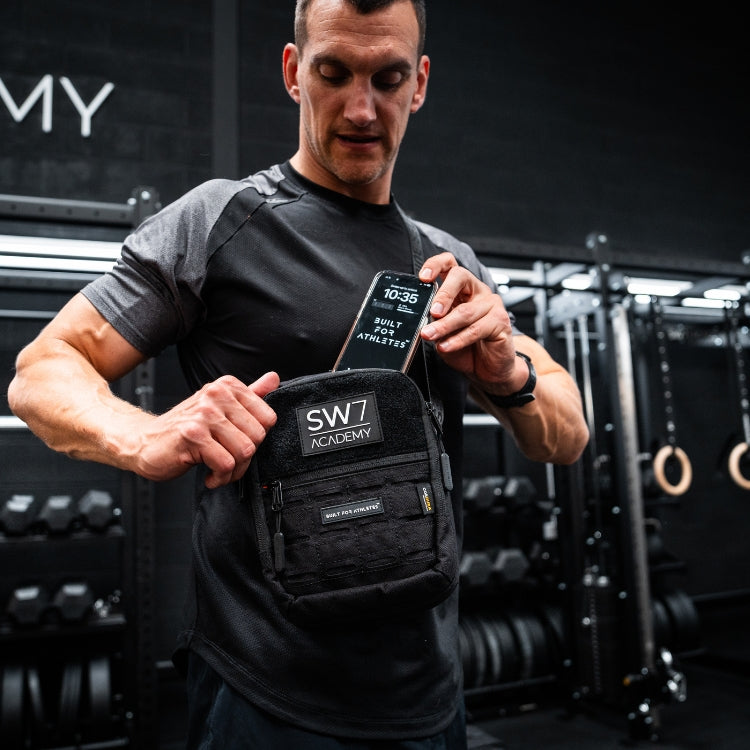
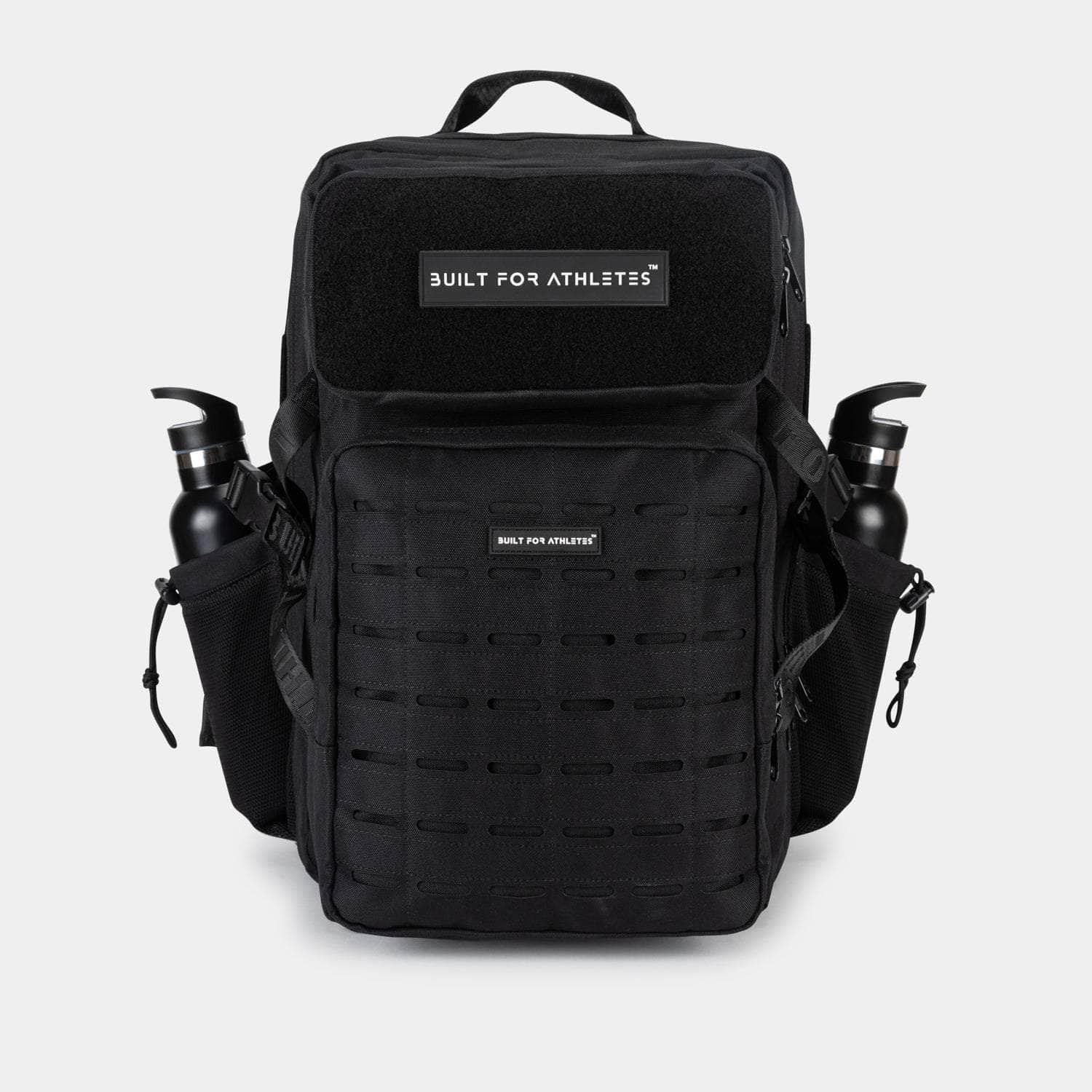
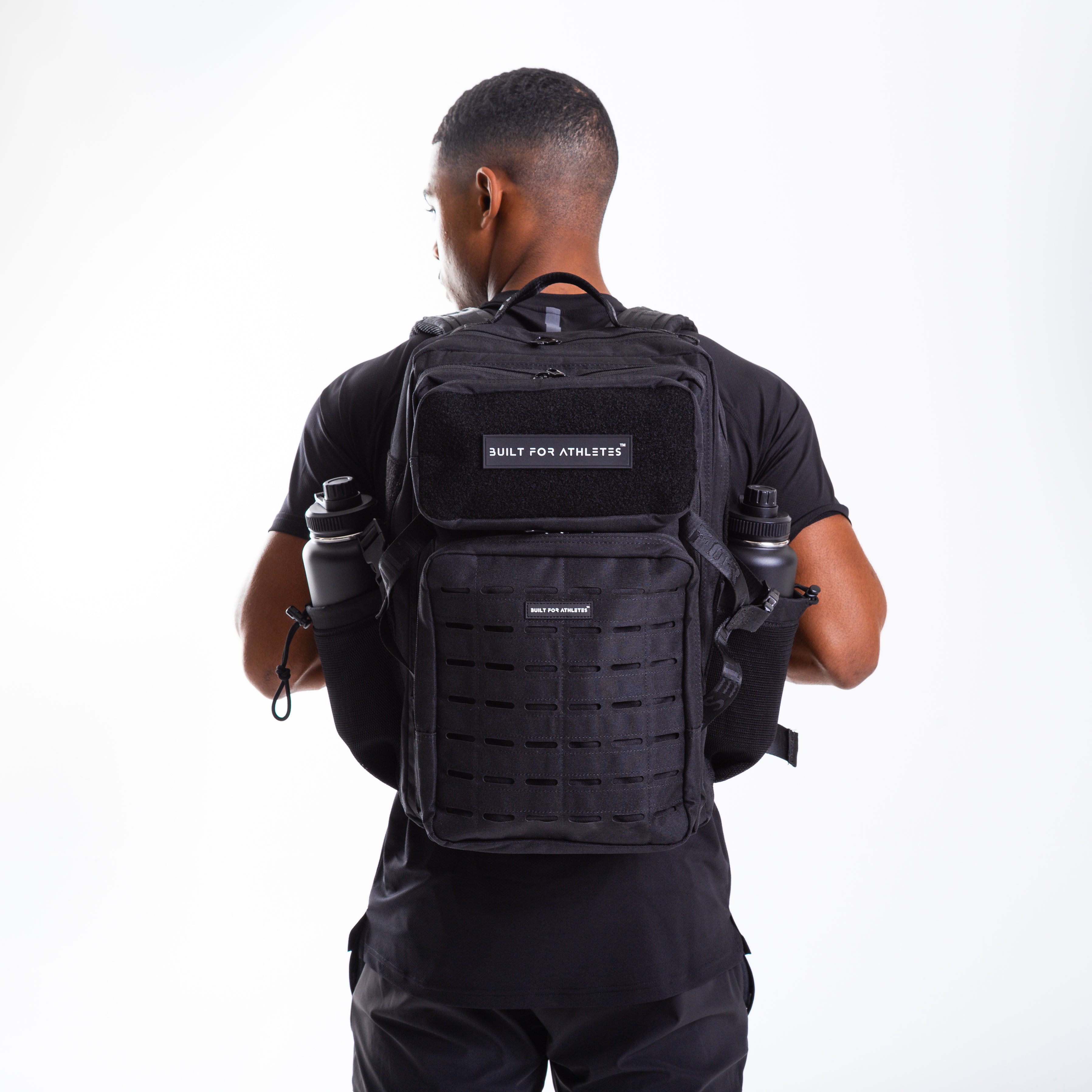
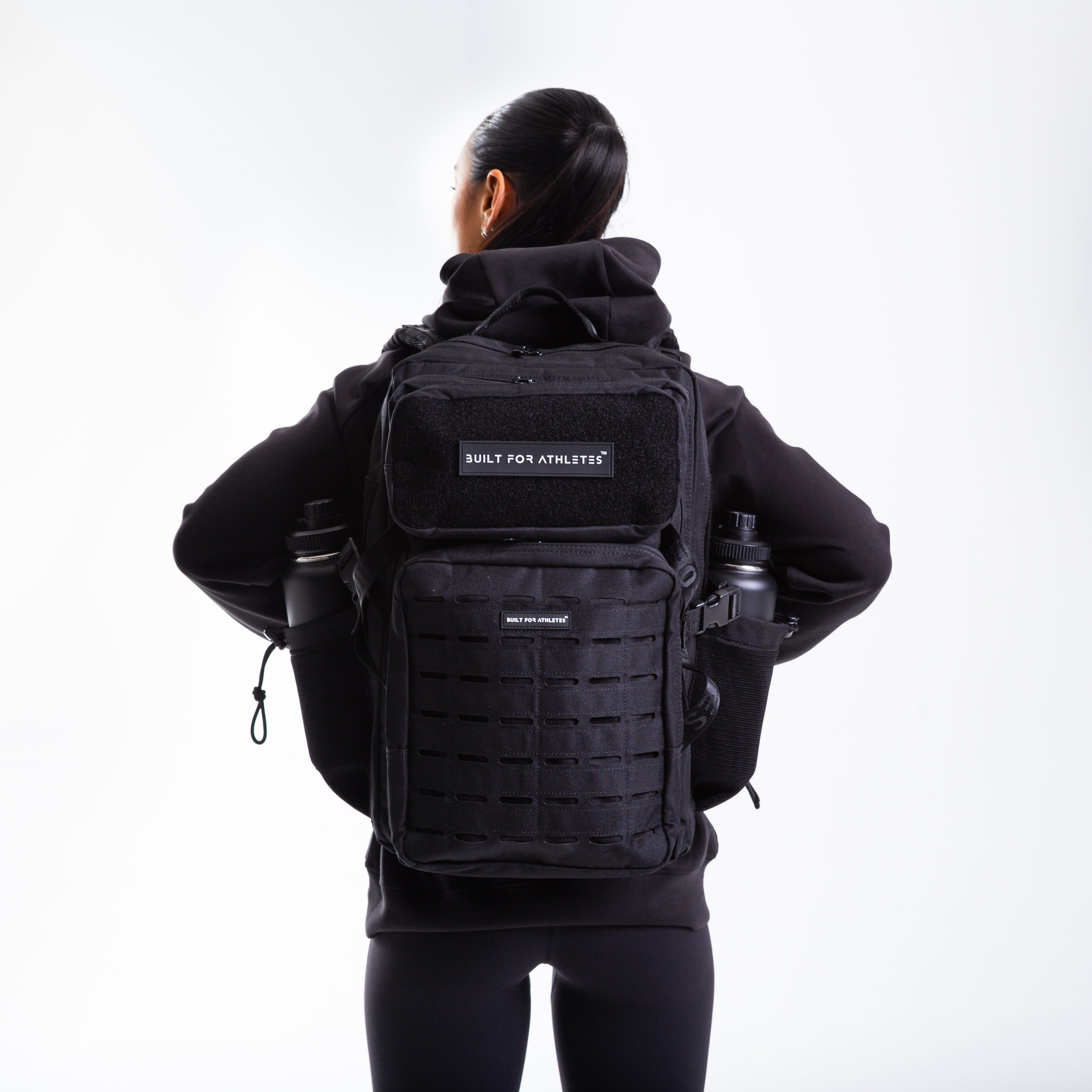
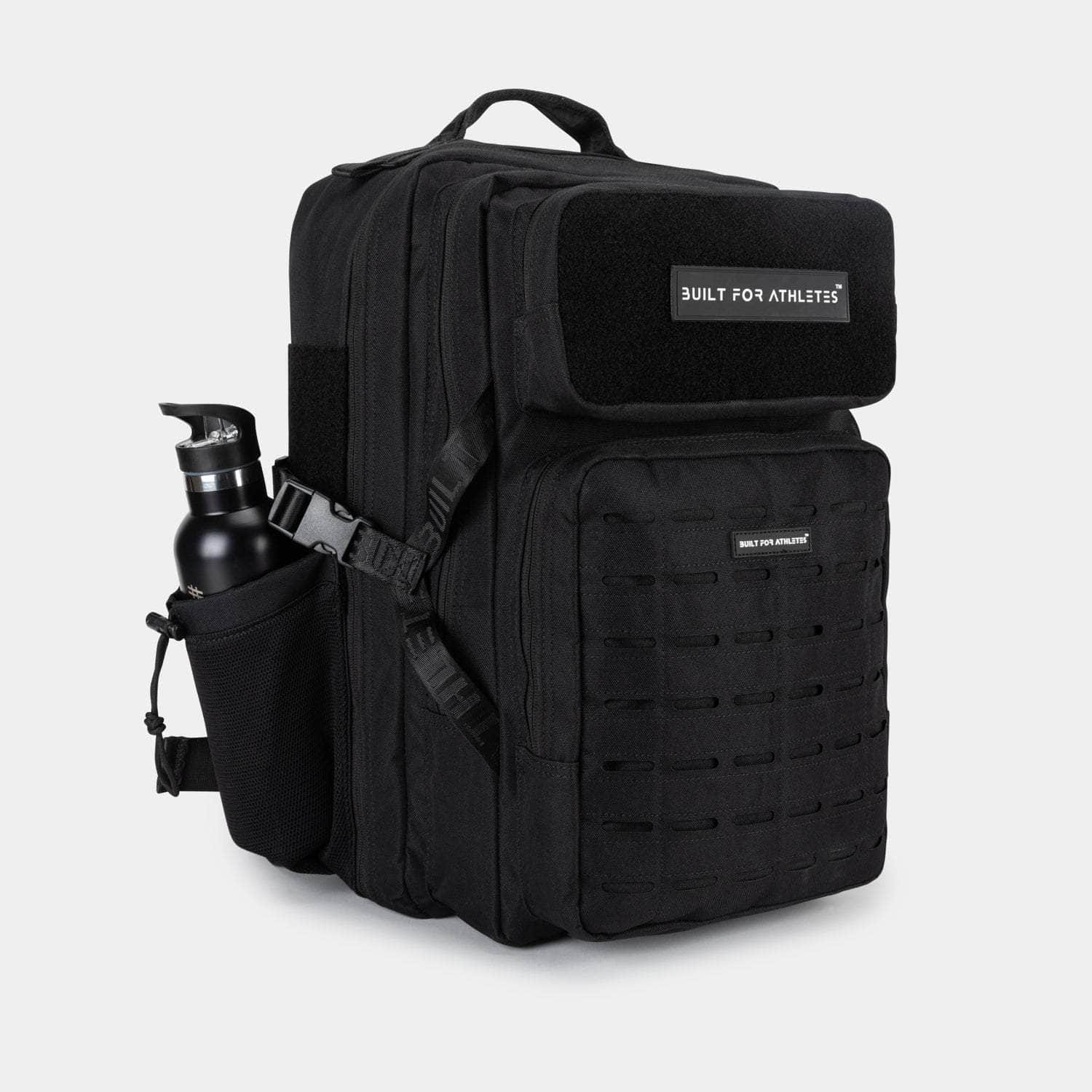





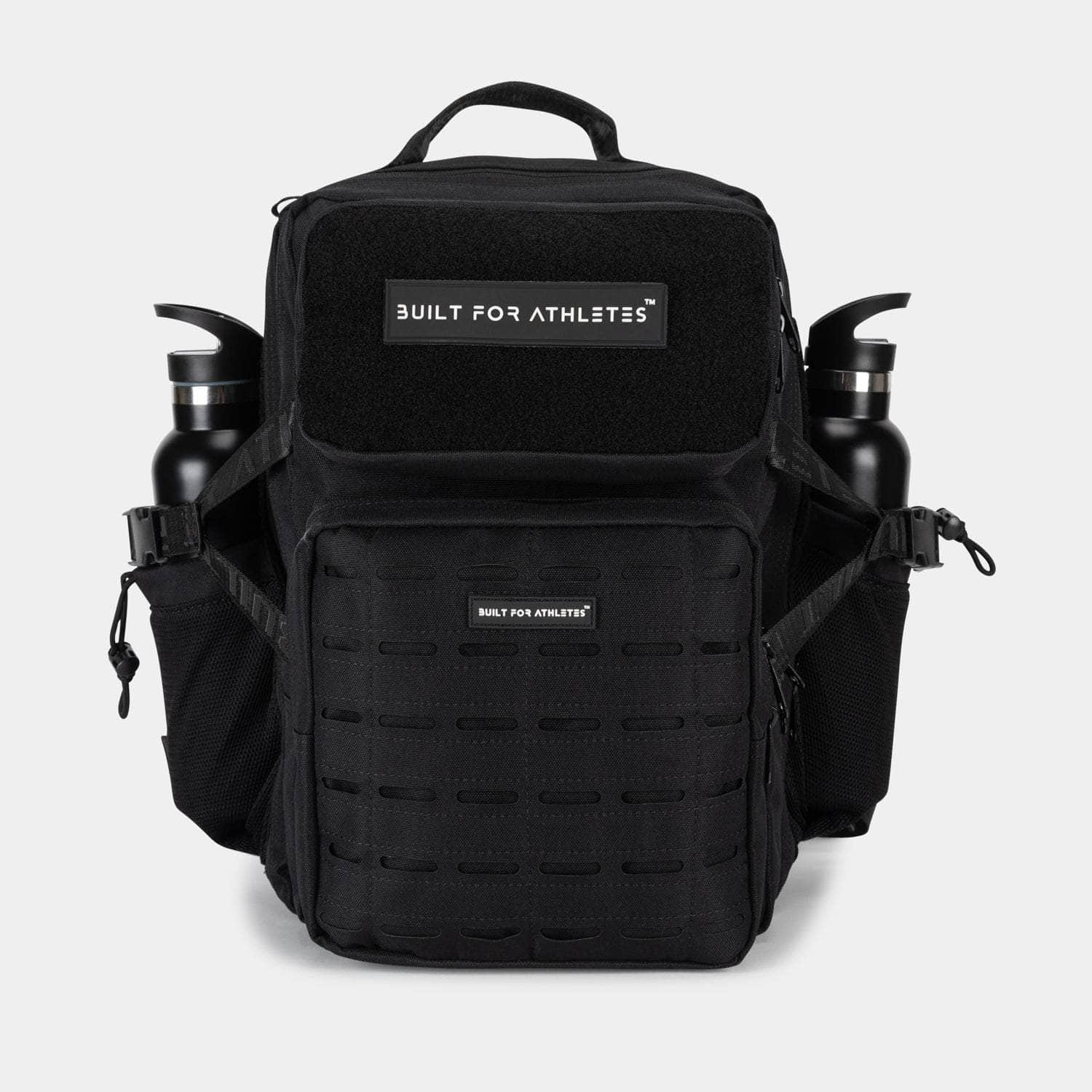
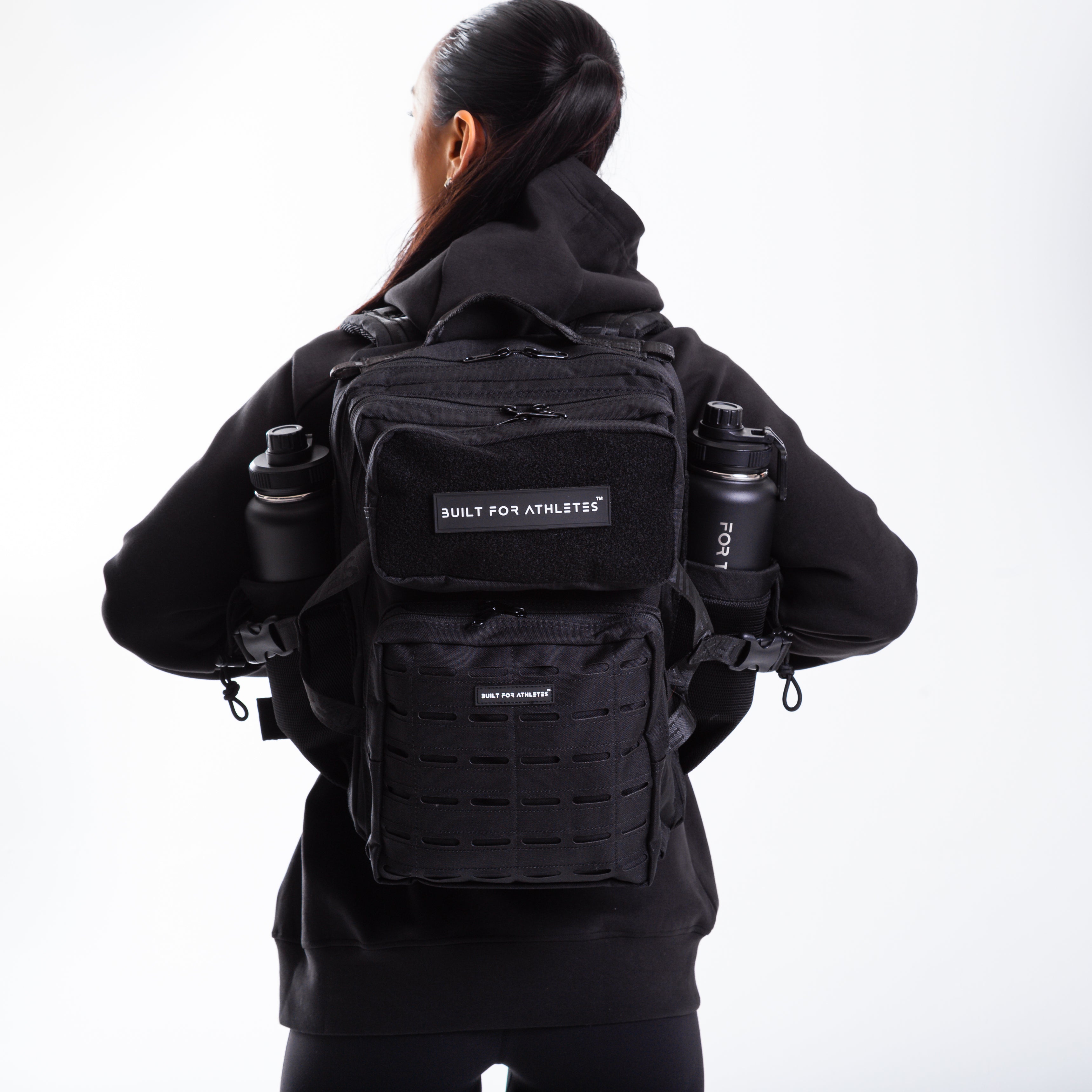
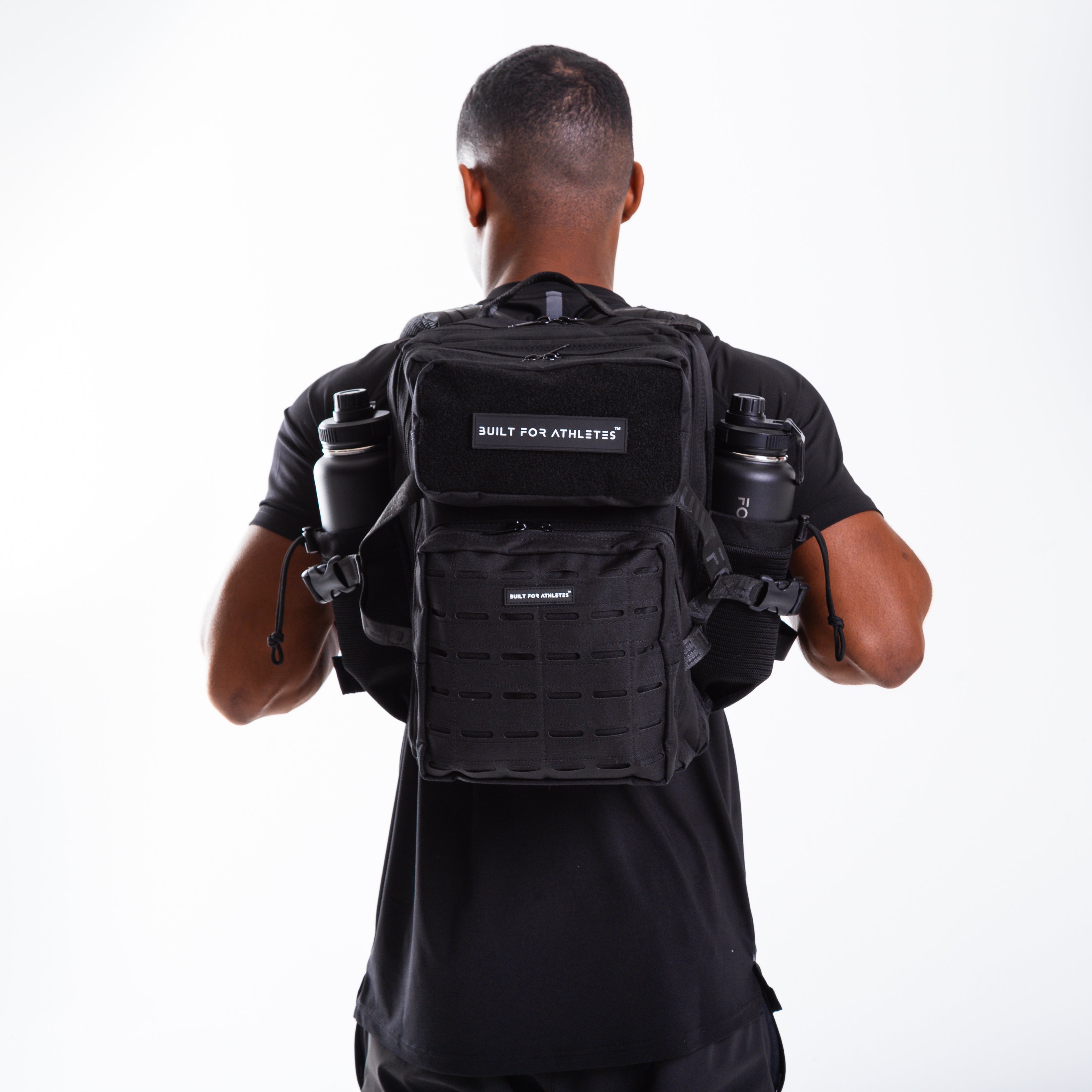
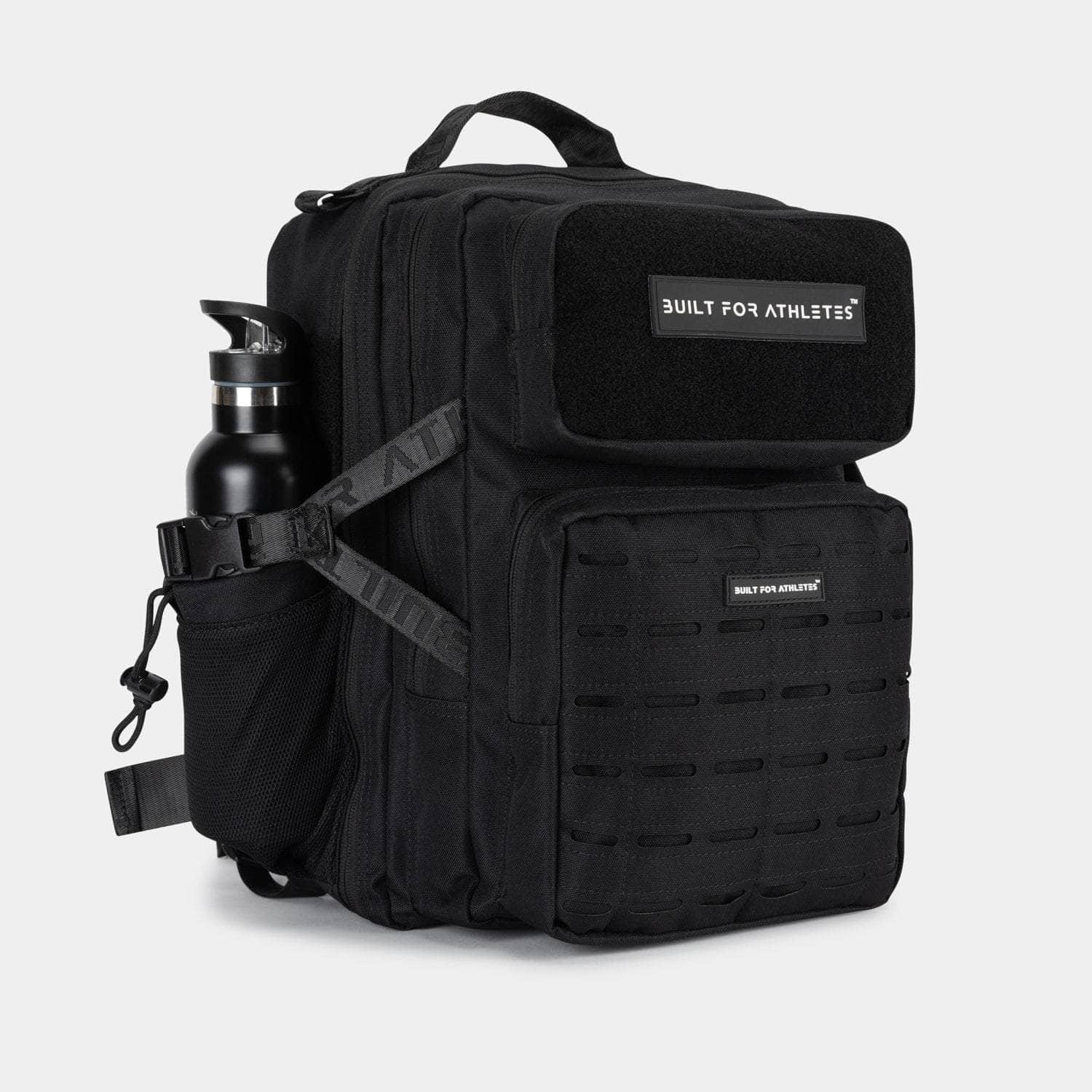



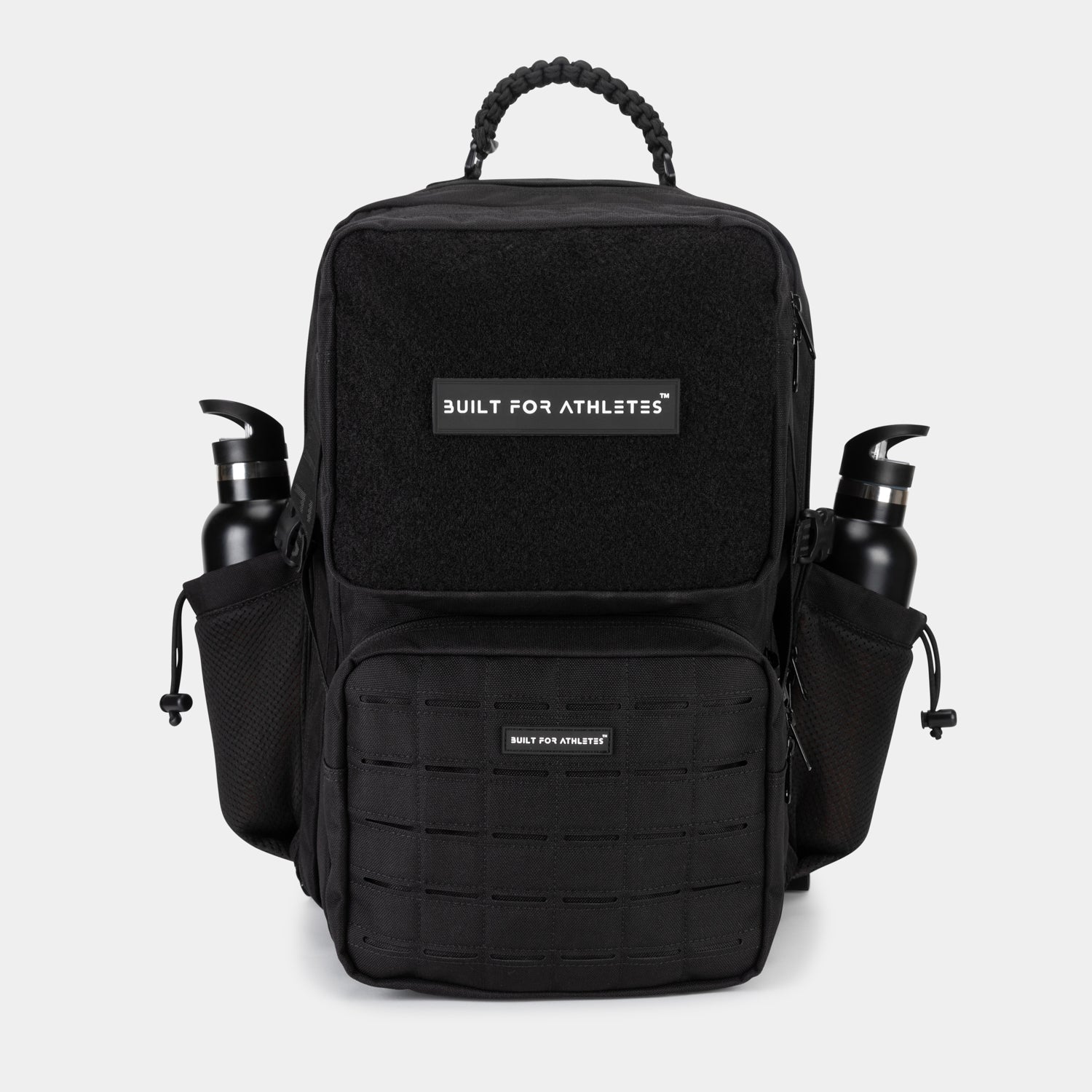
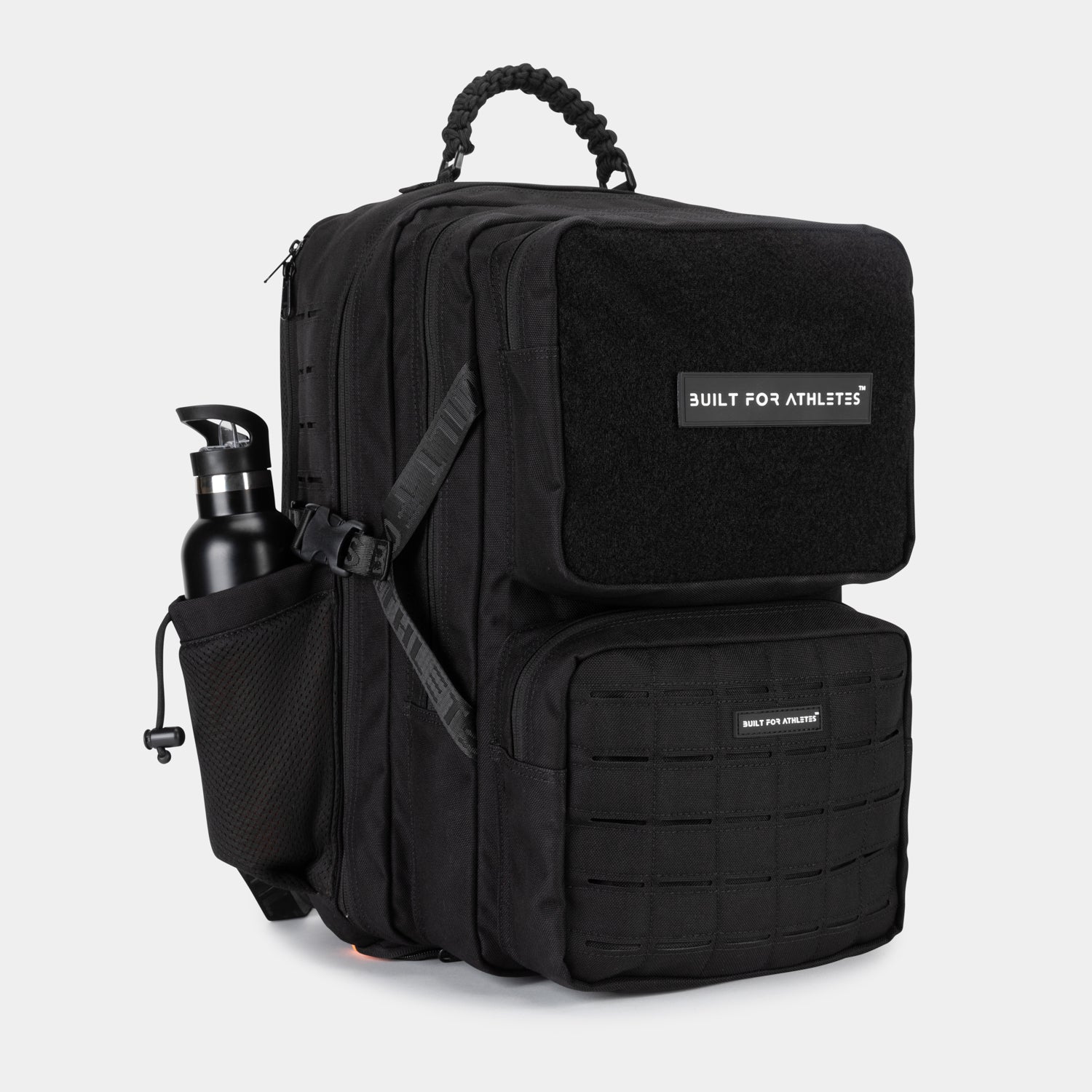
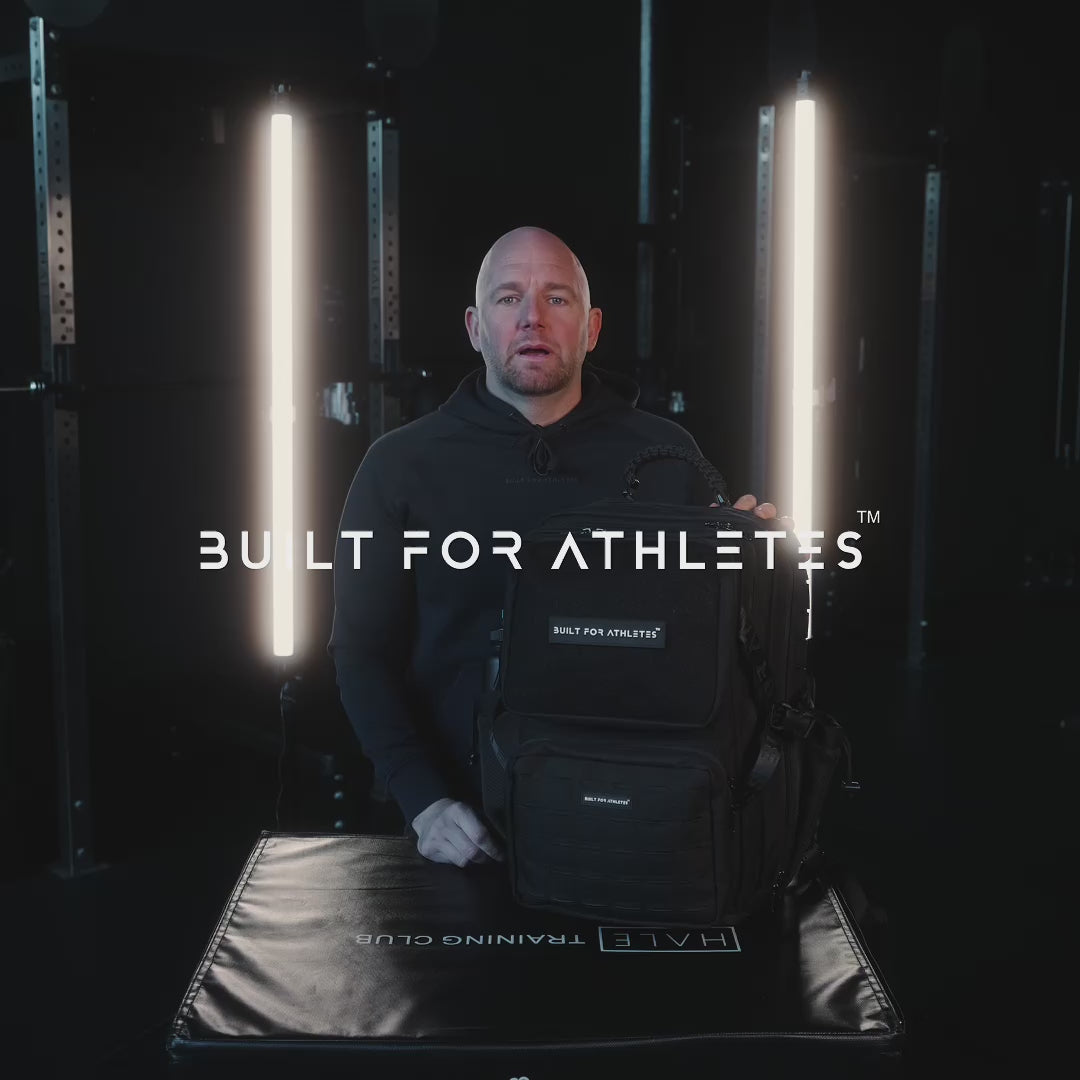
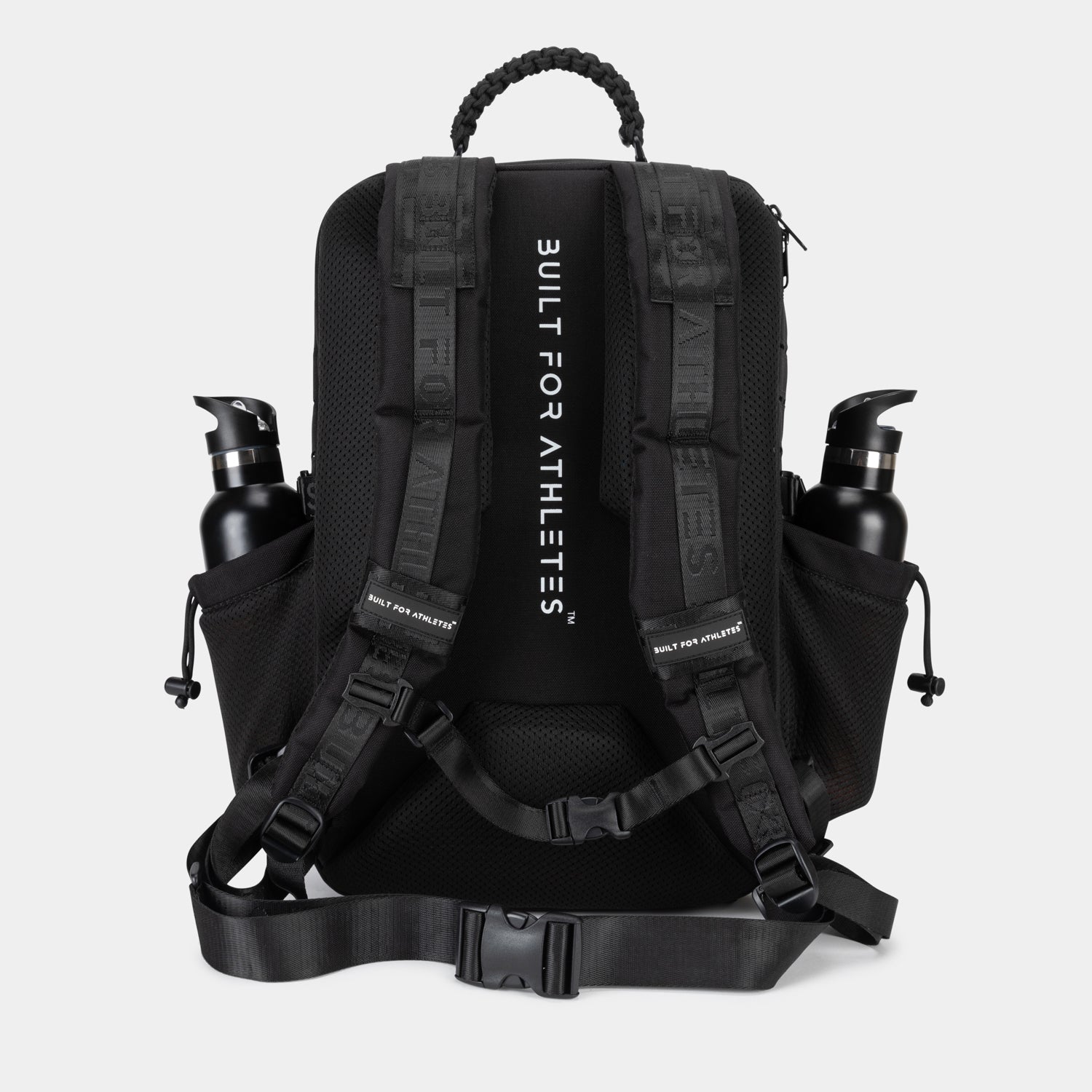








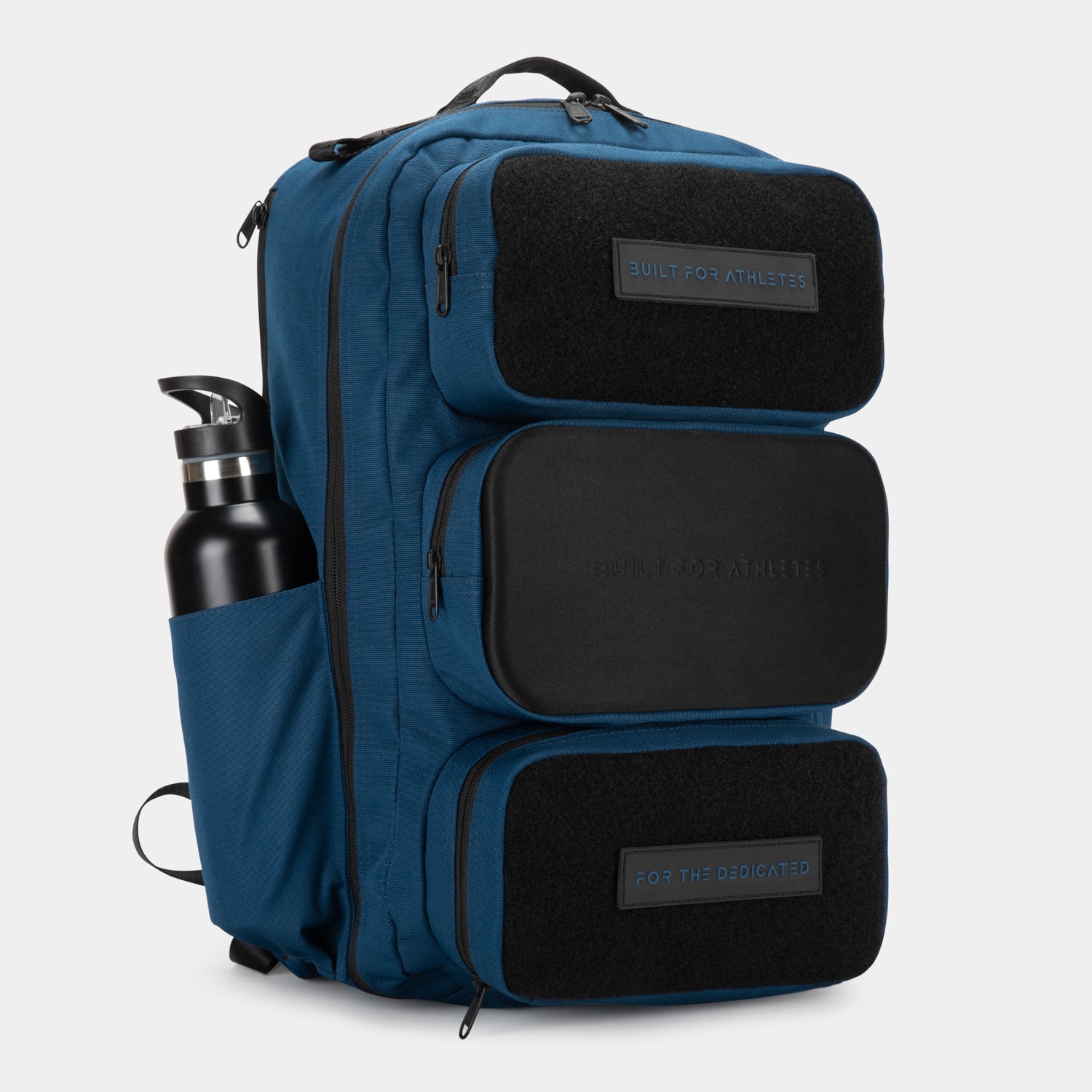
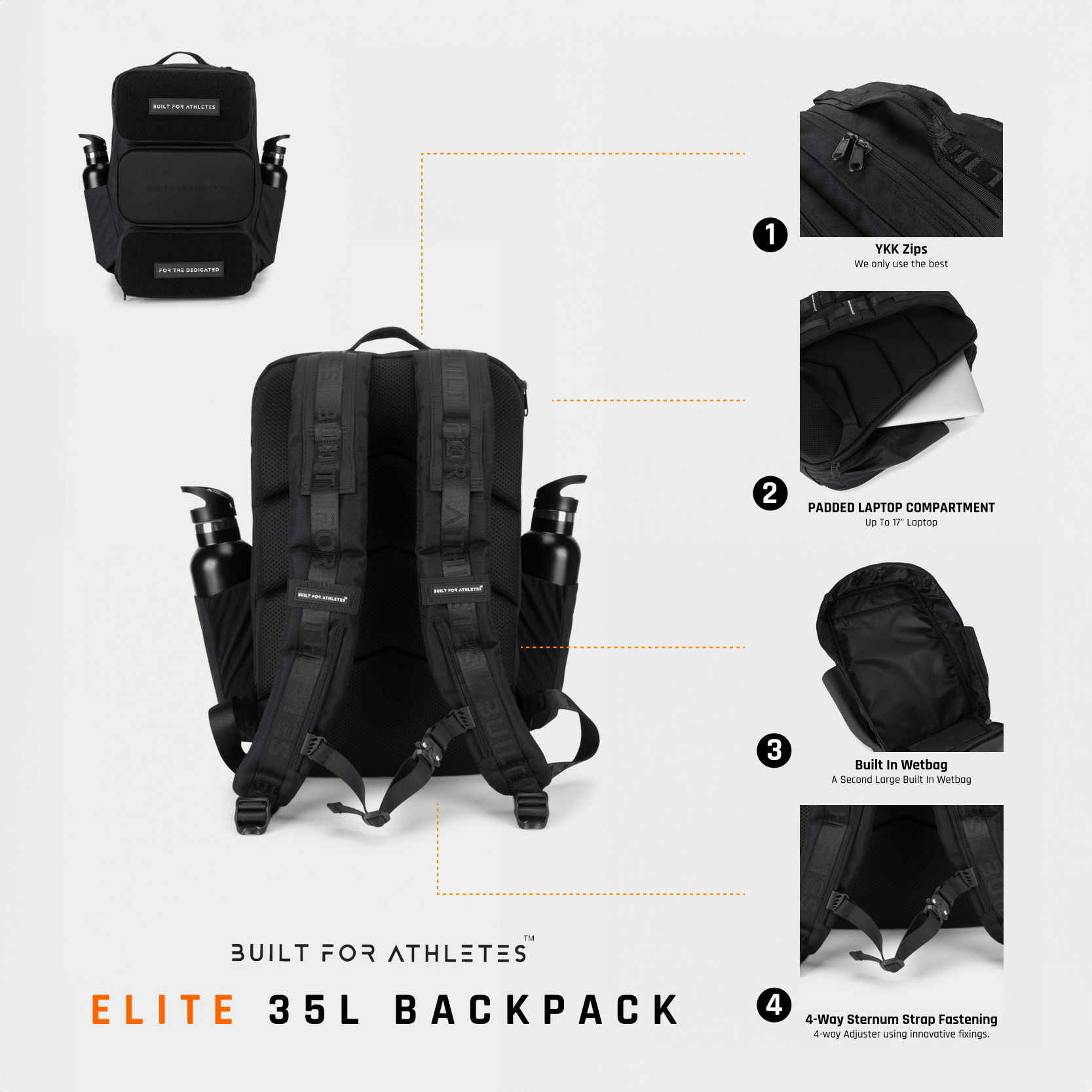
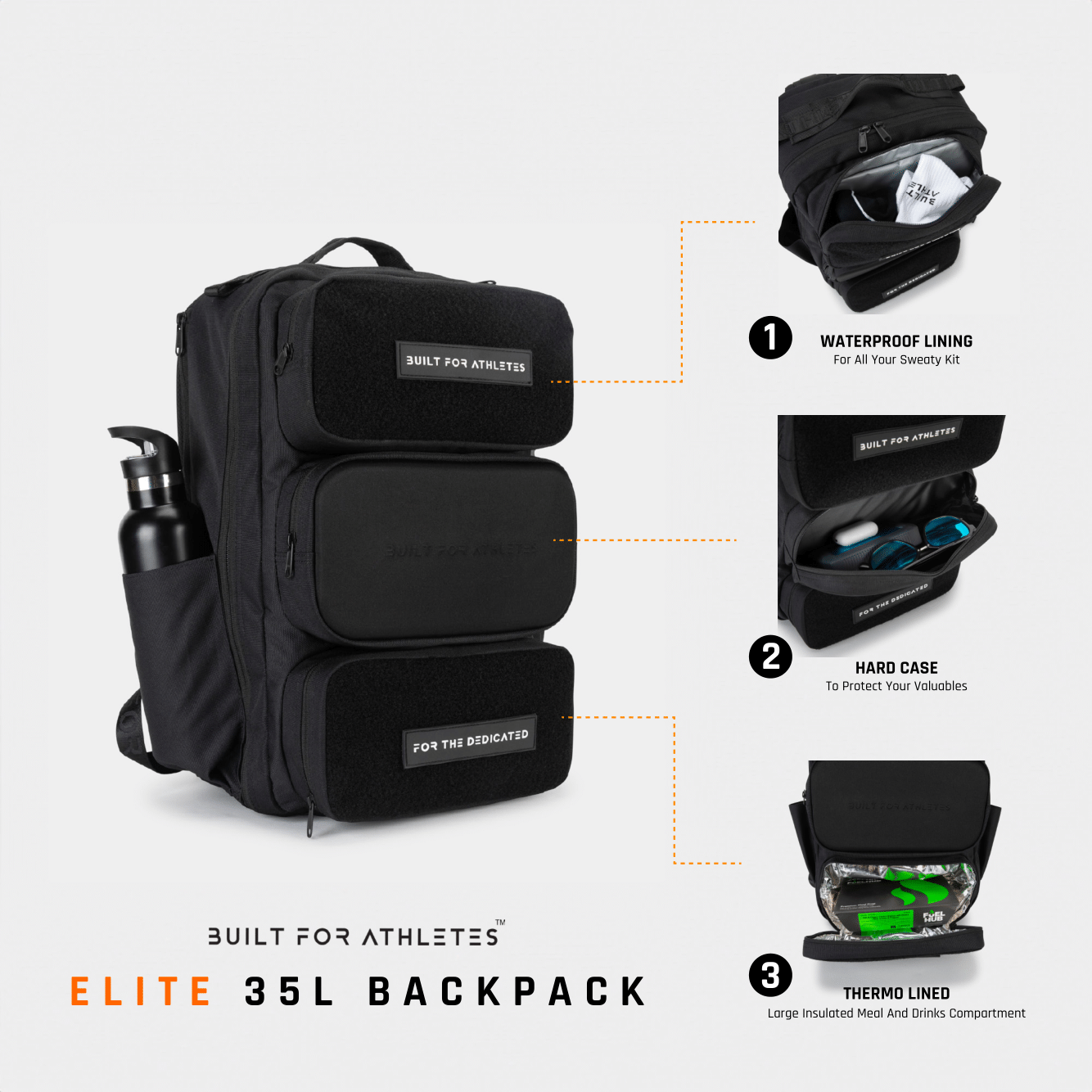




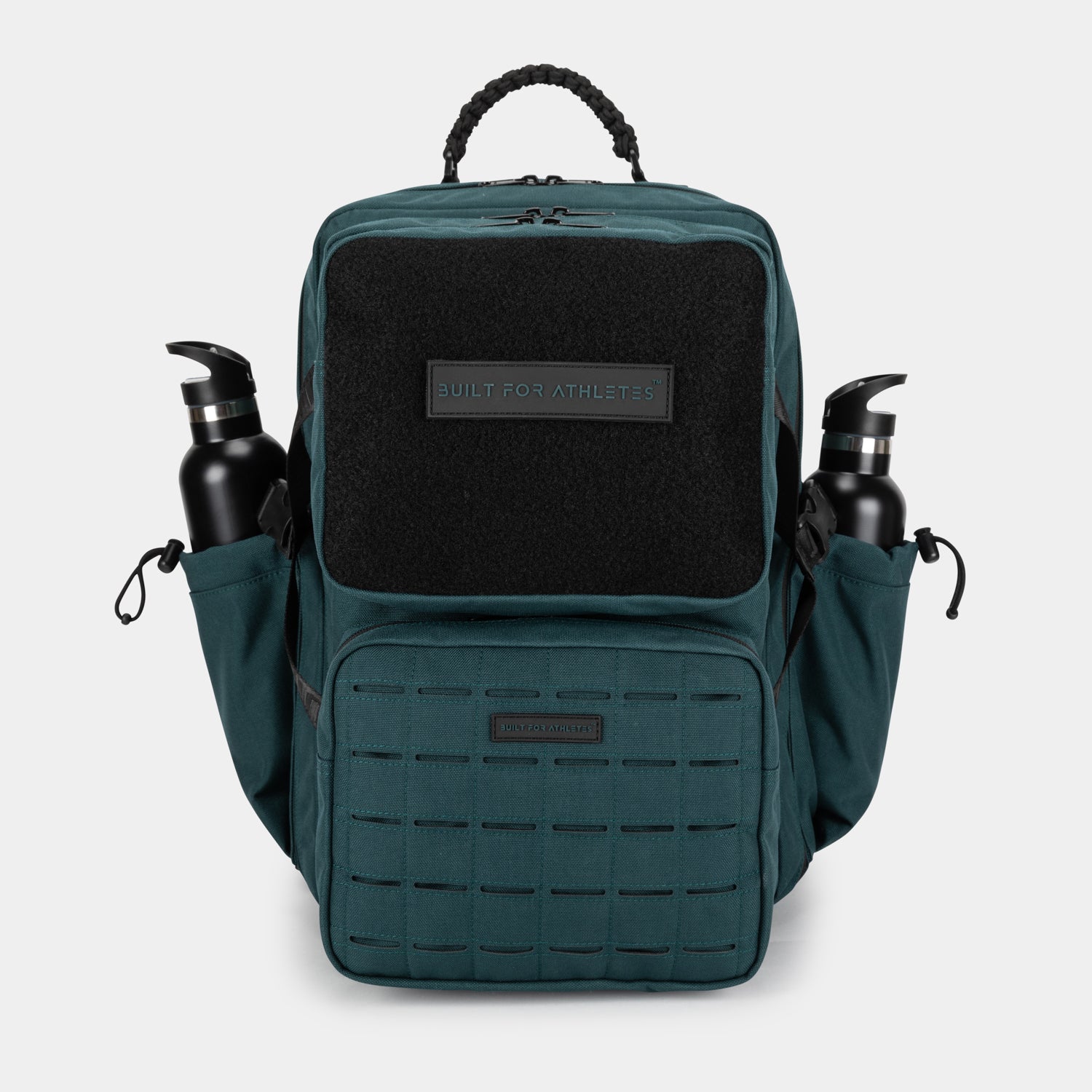
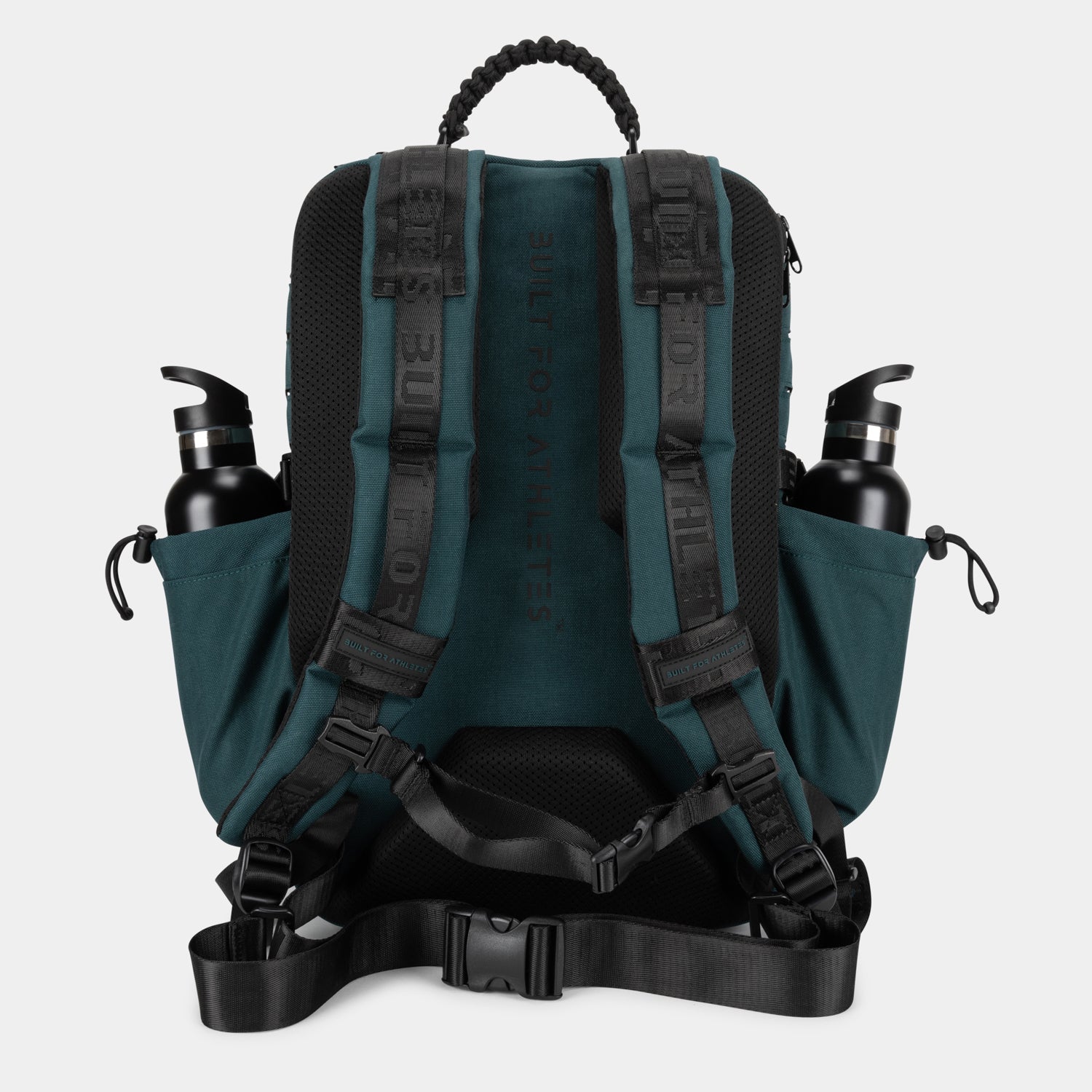
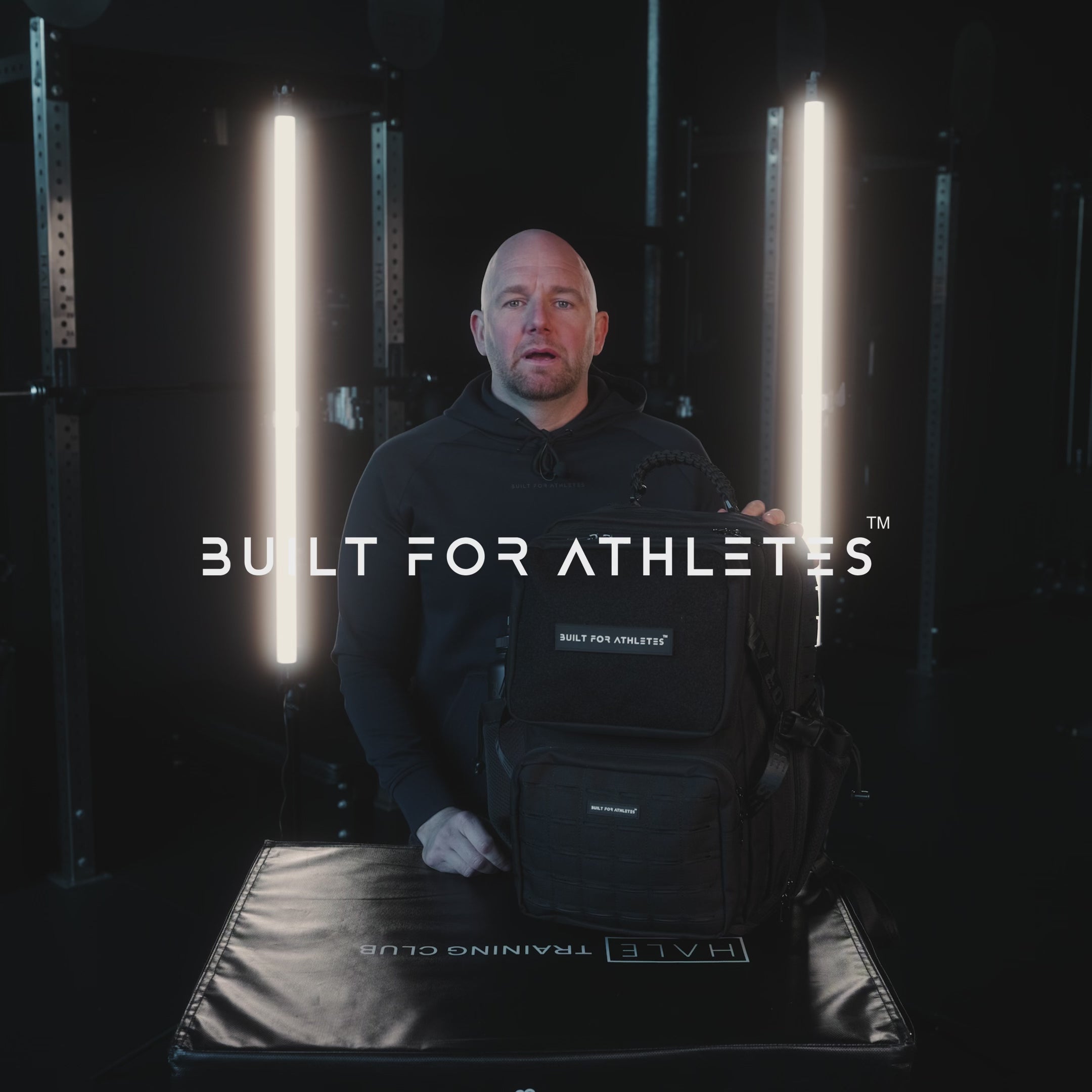
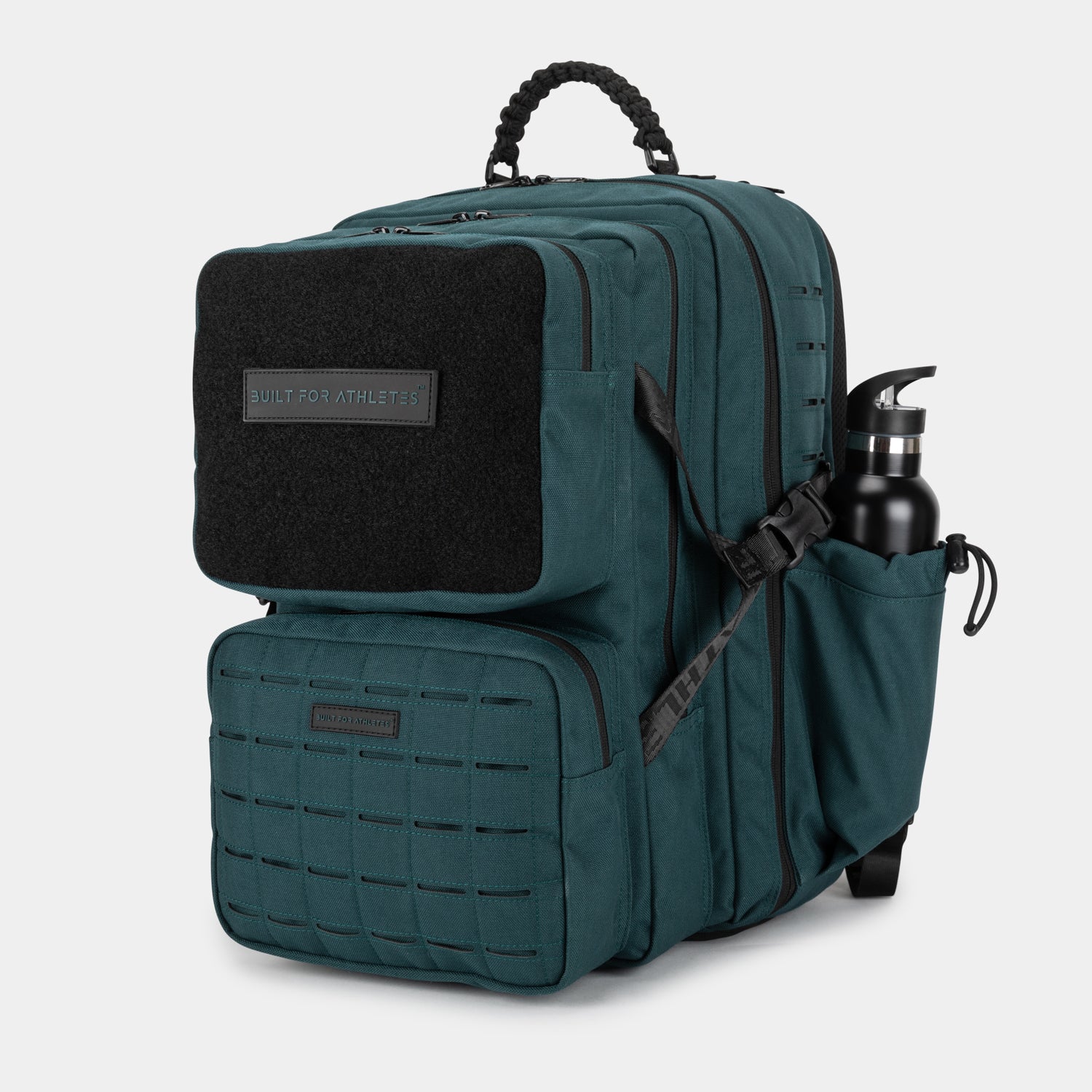
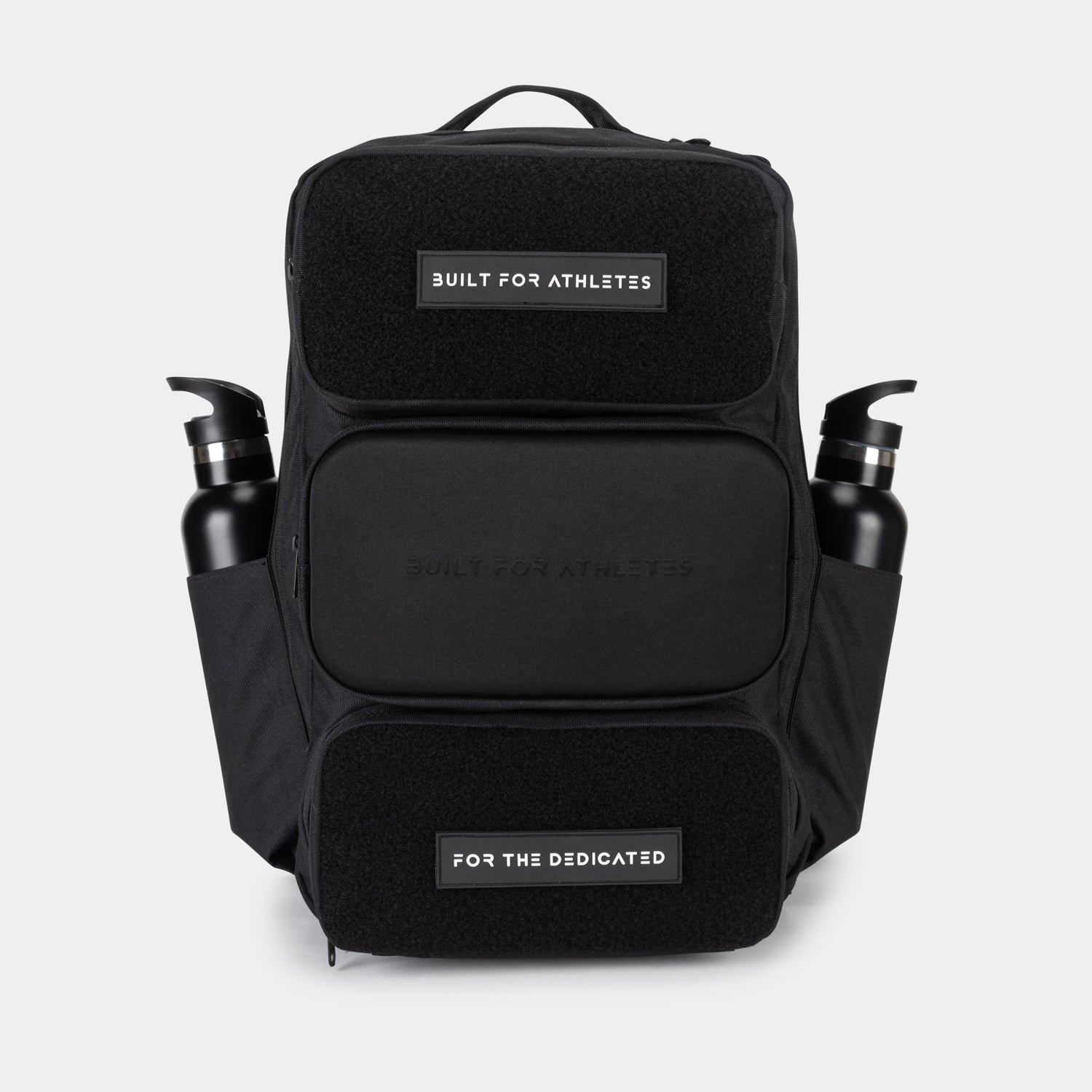
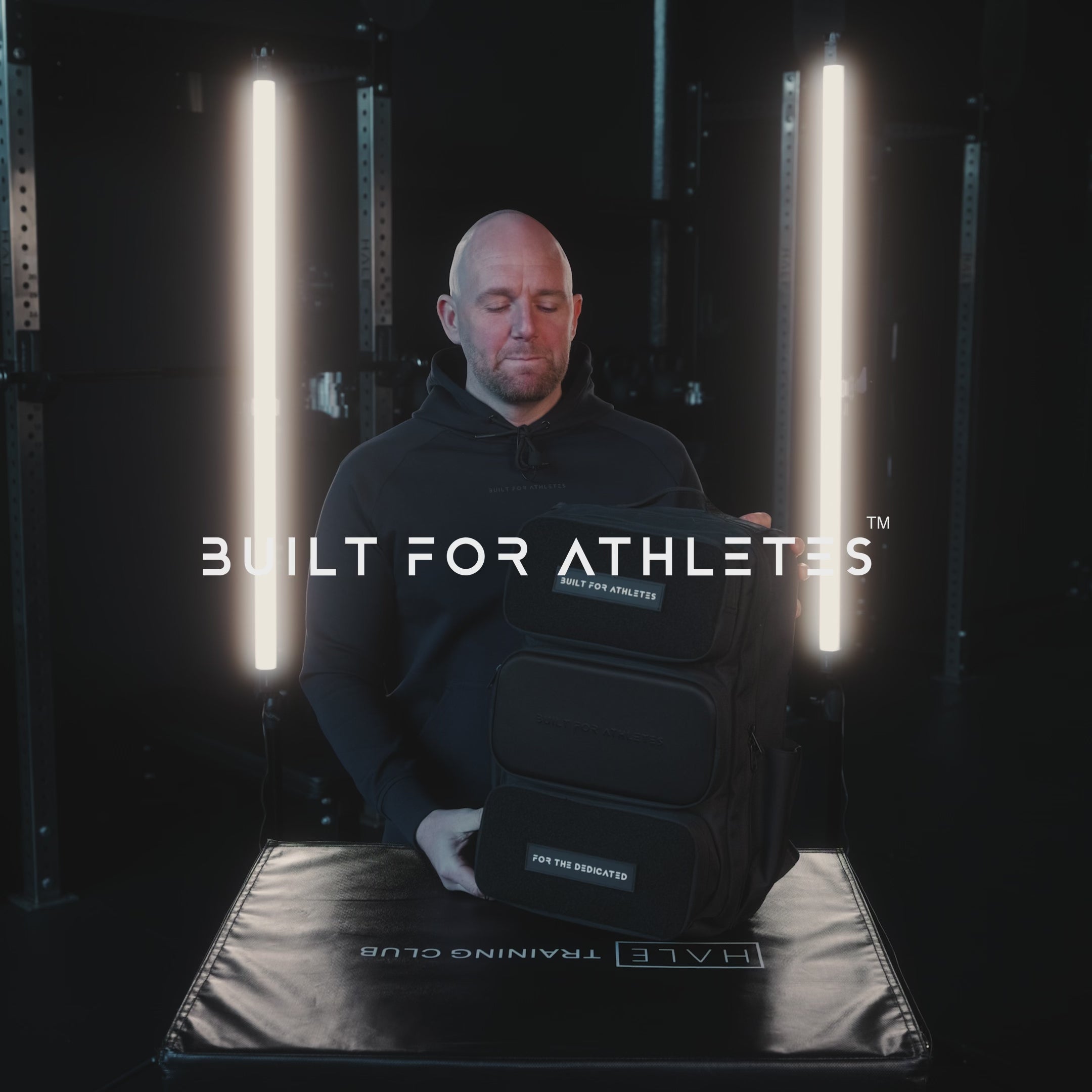
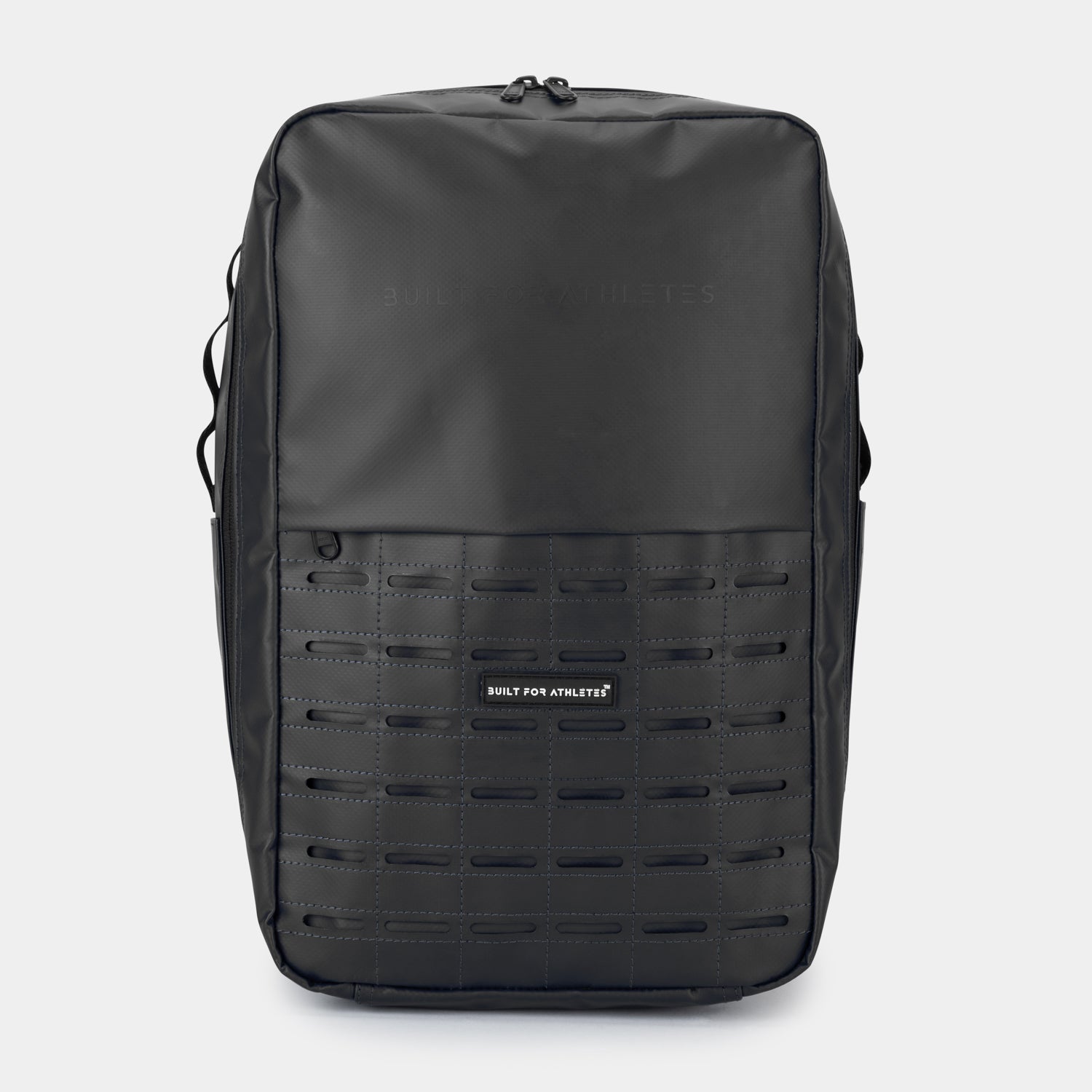
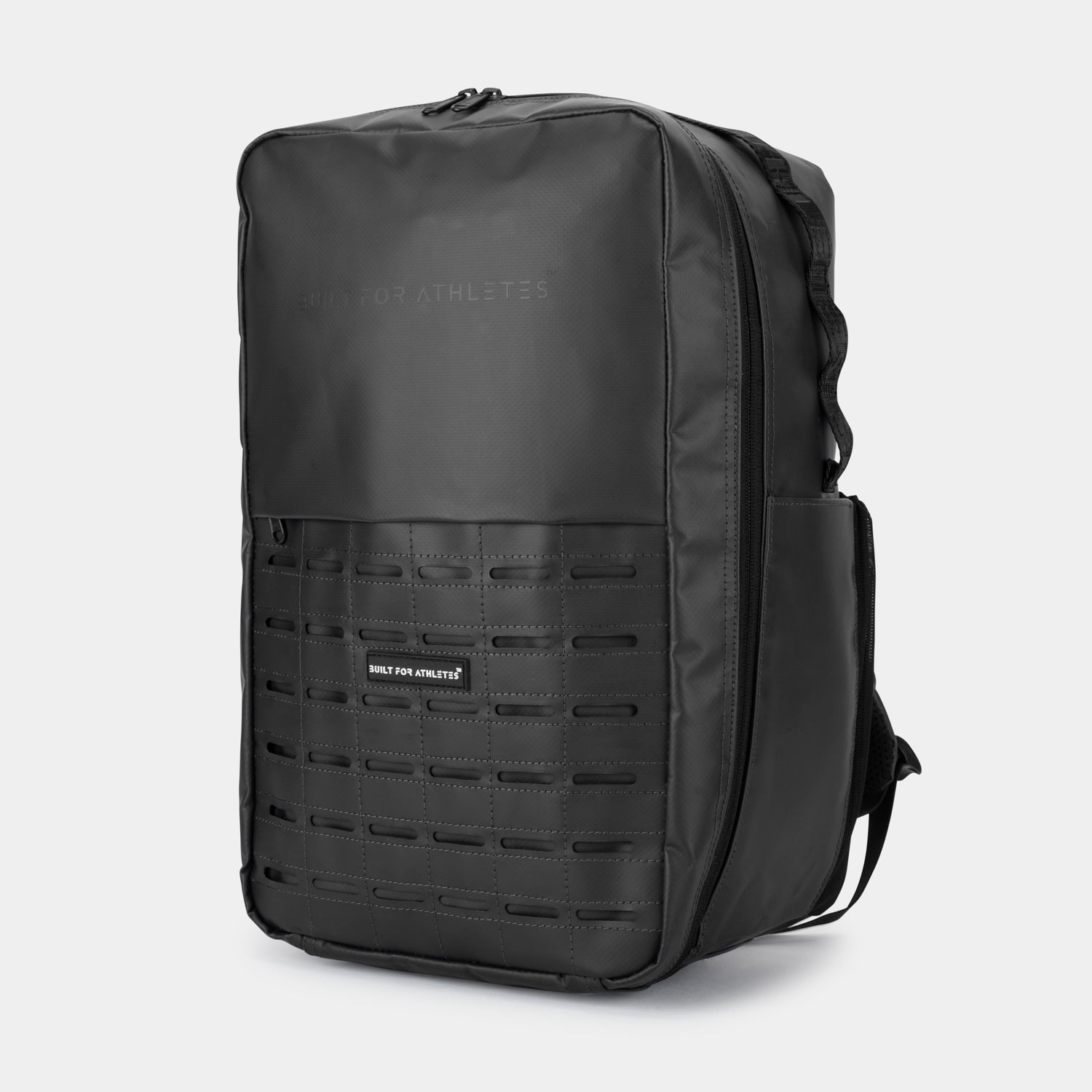
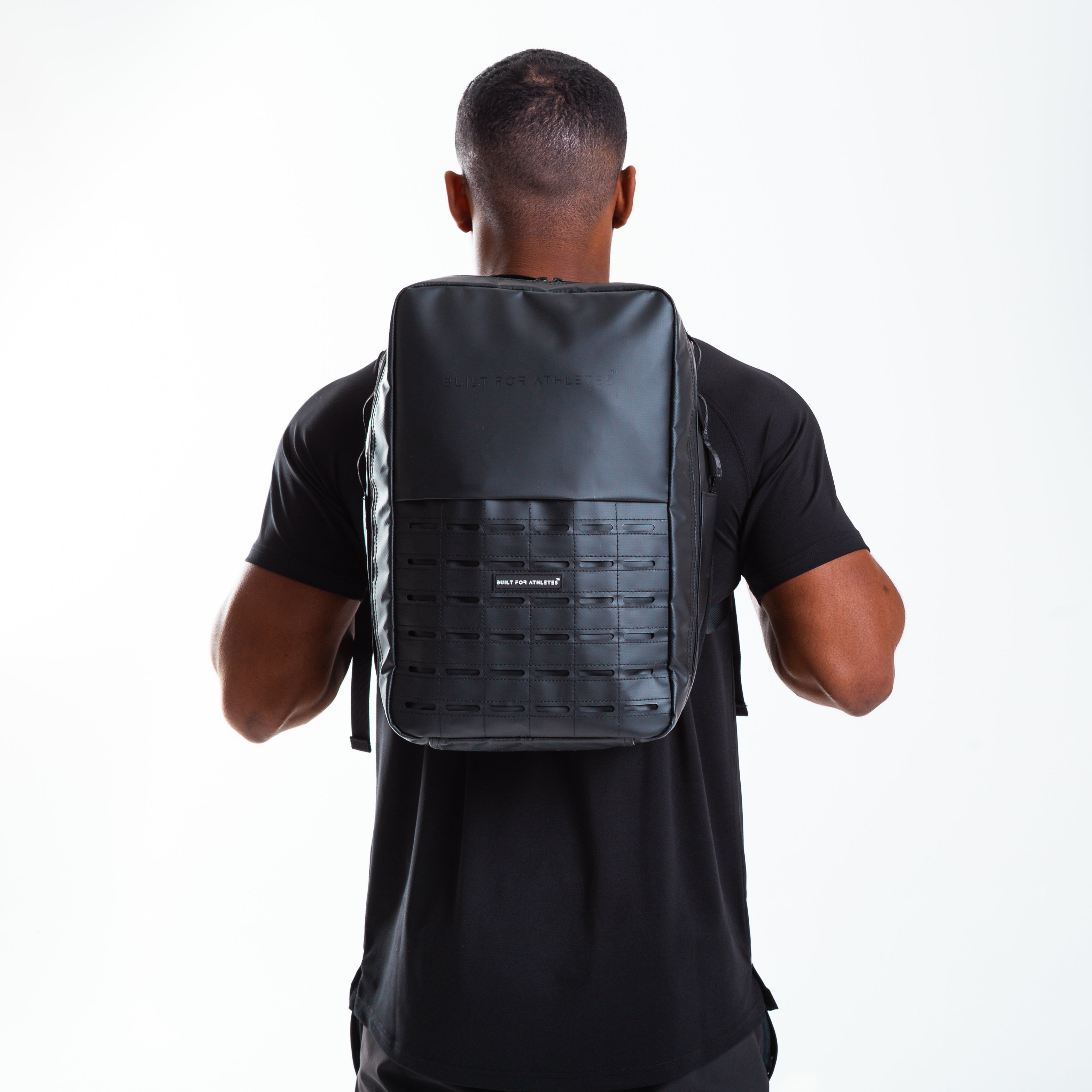
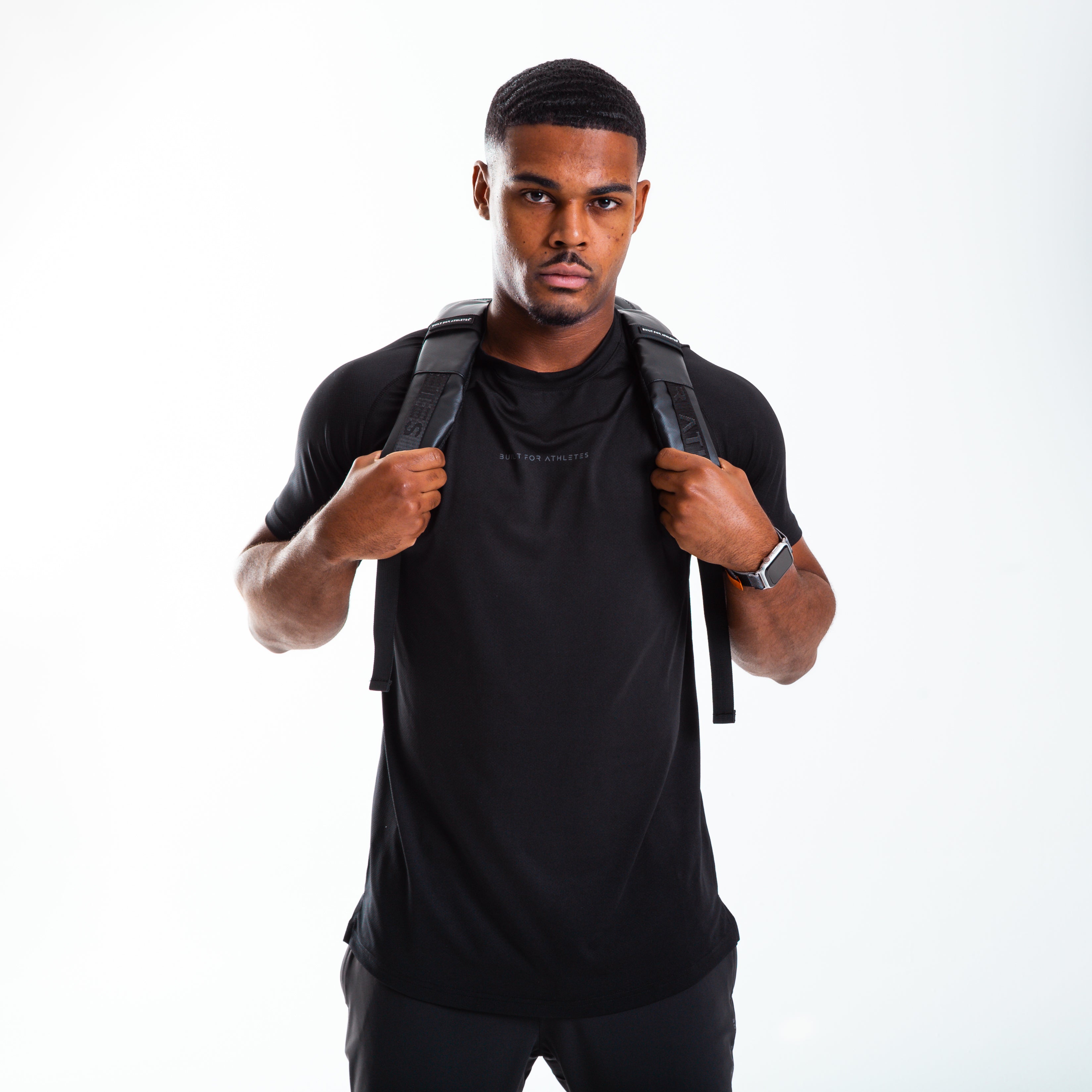


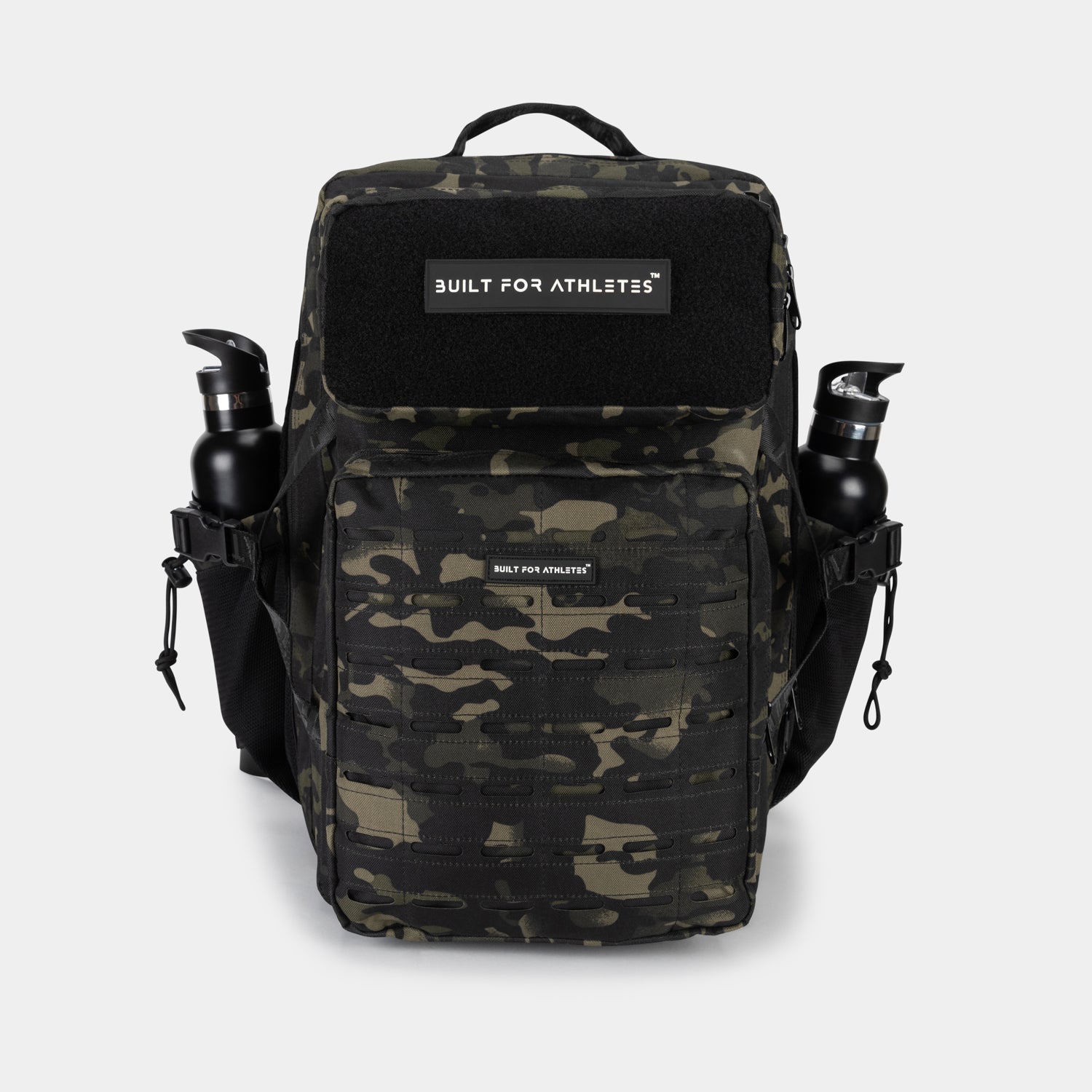
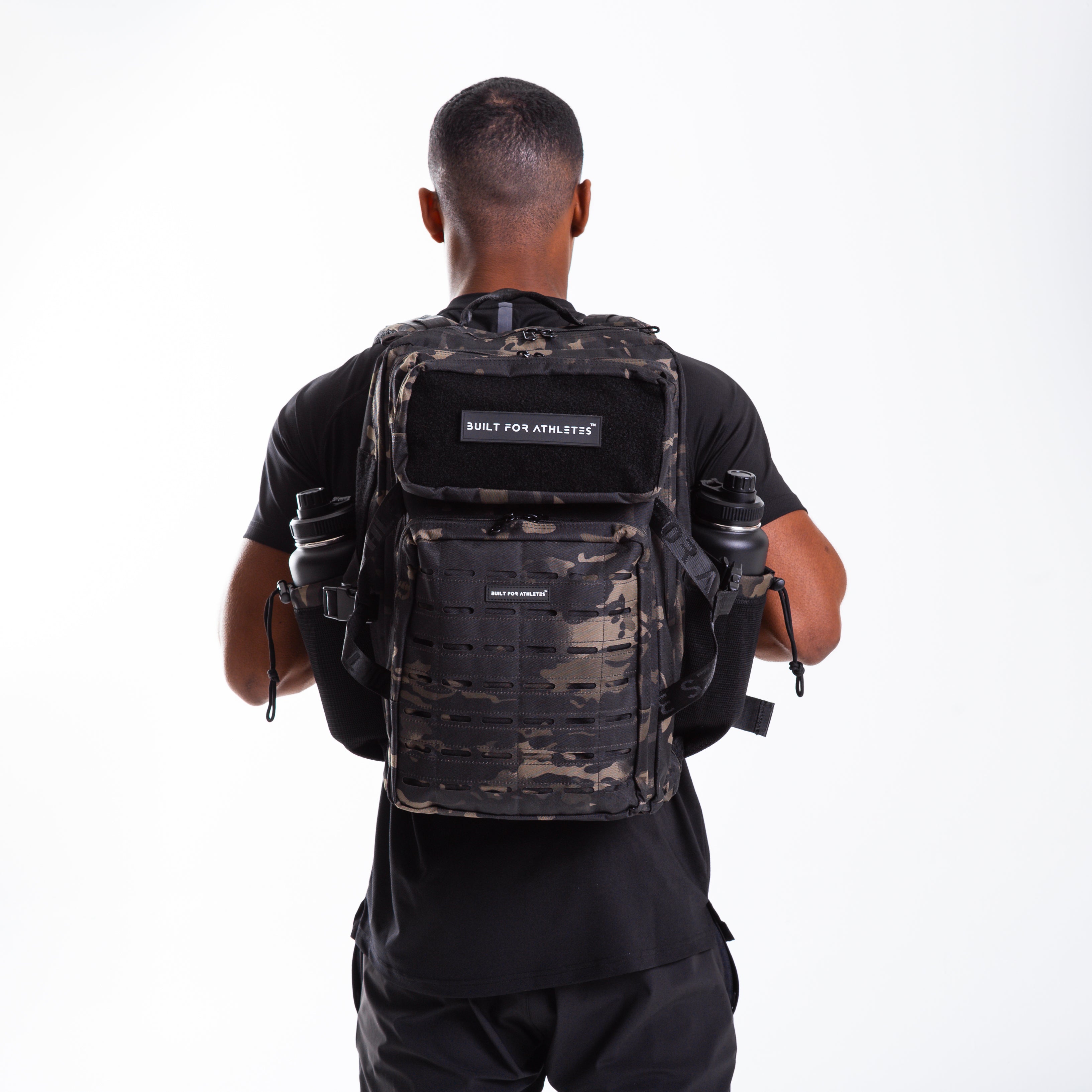
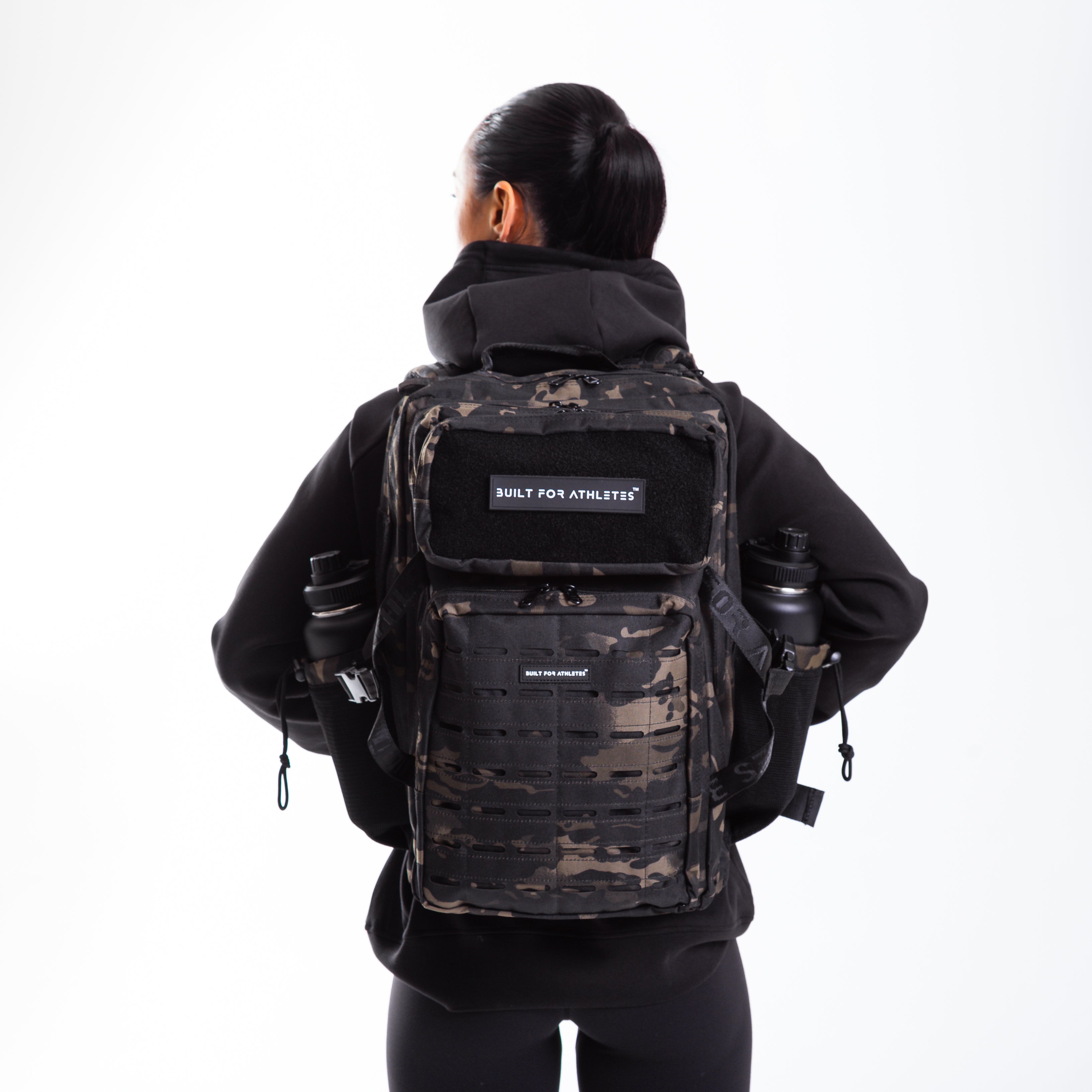
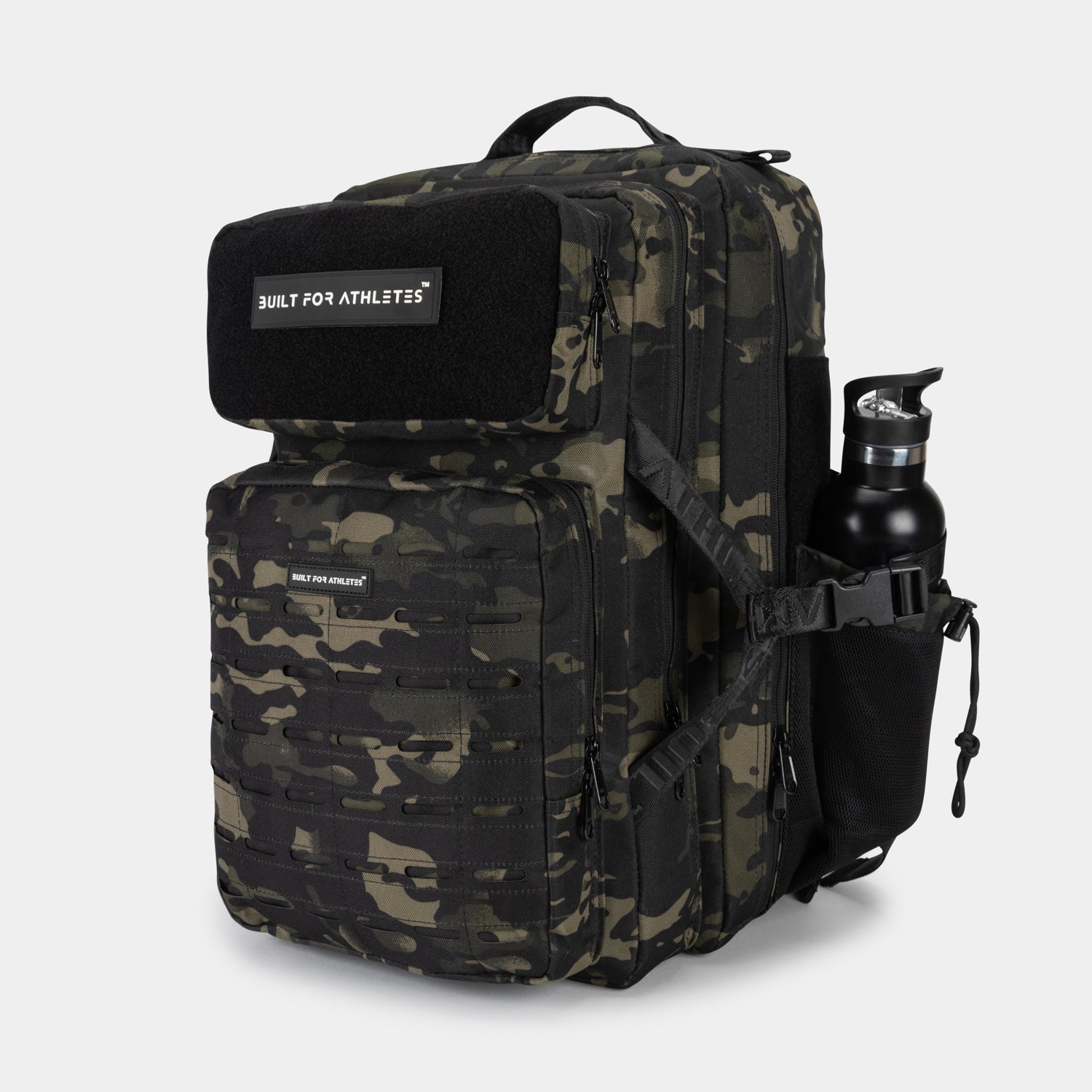



Share:
#WOTW: Jake Dearden HYROX Master Trainer Series
#WOTW: Jonny Pain Series